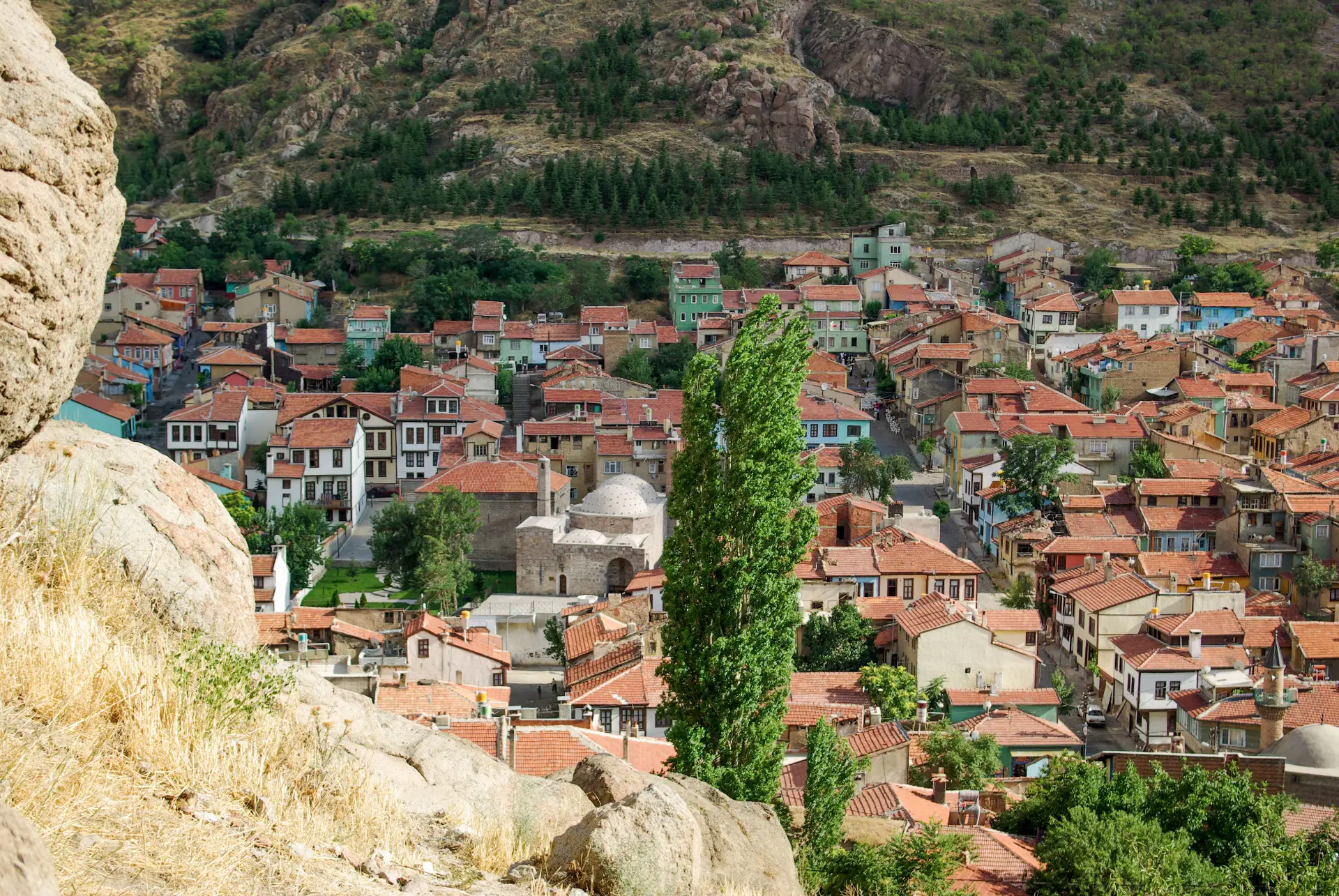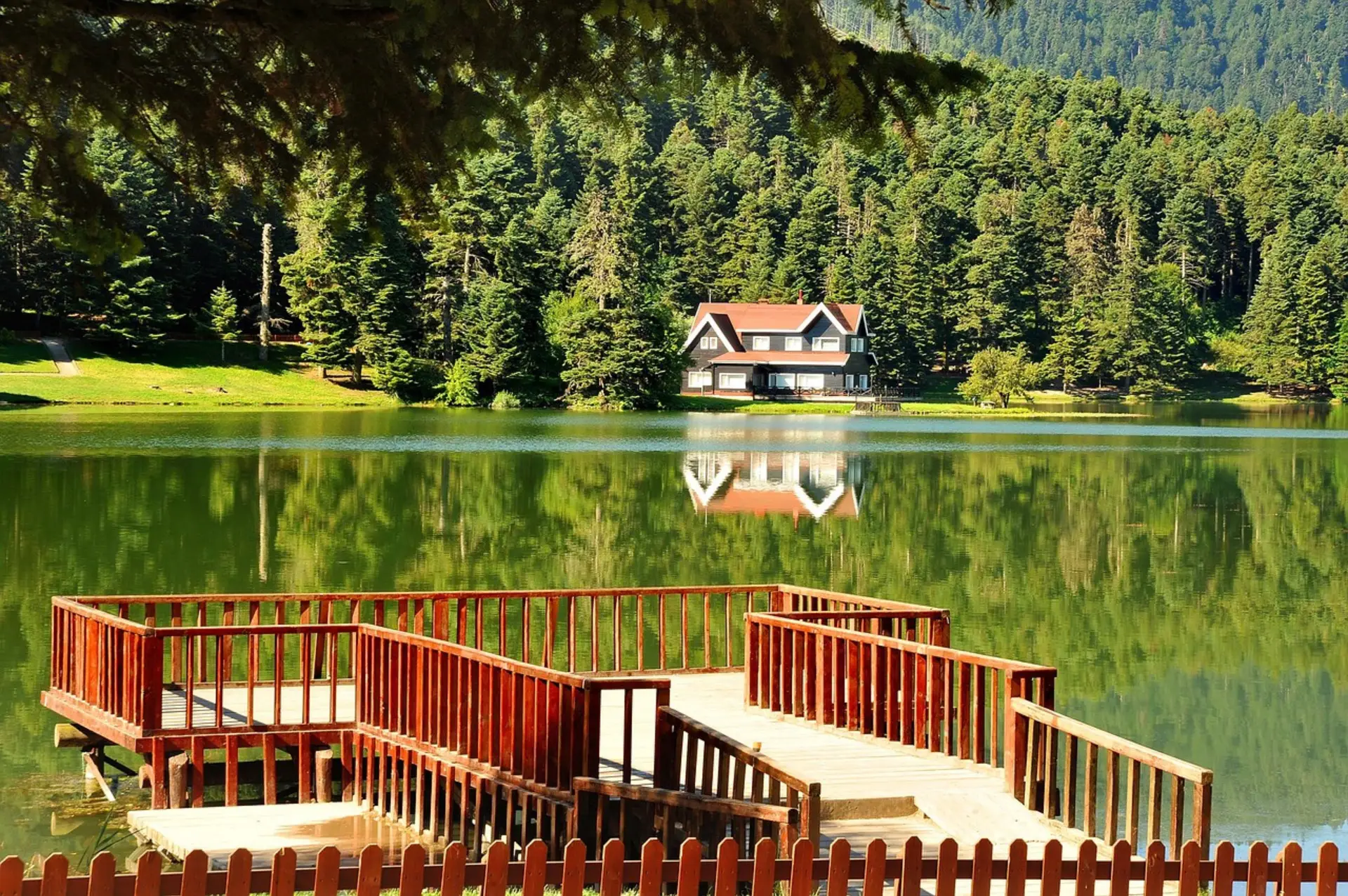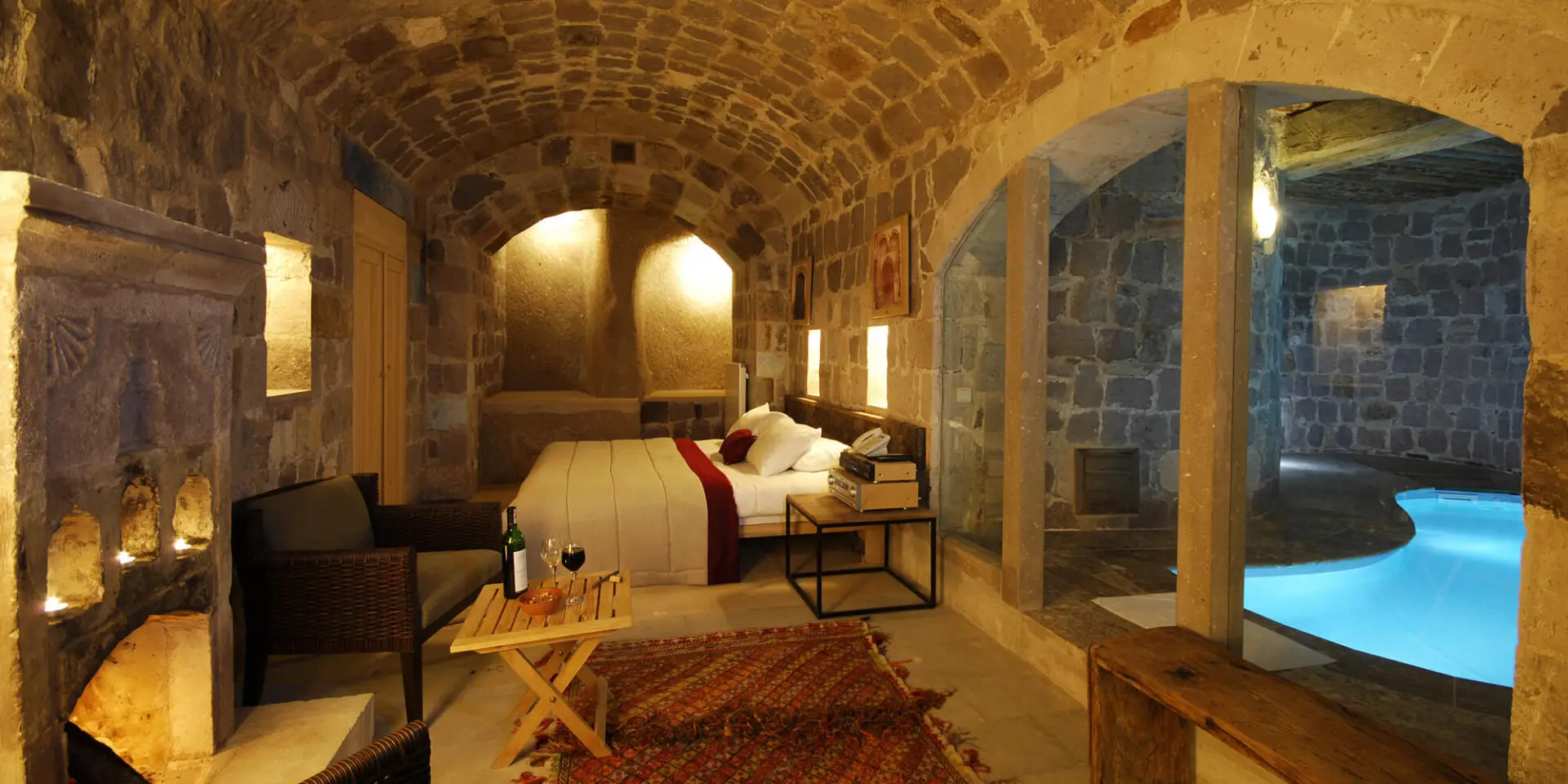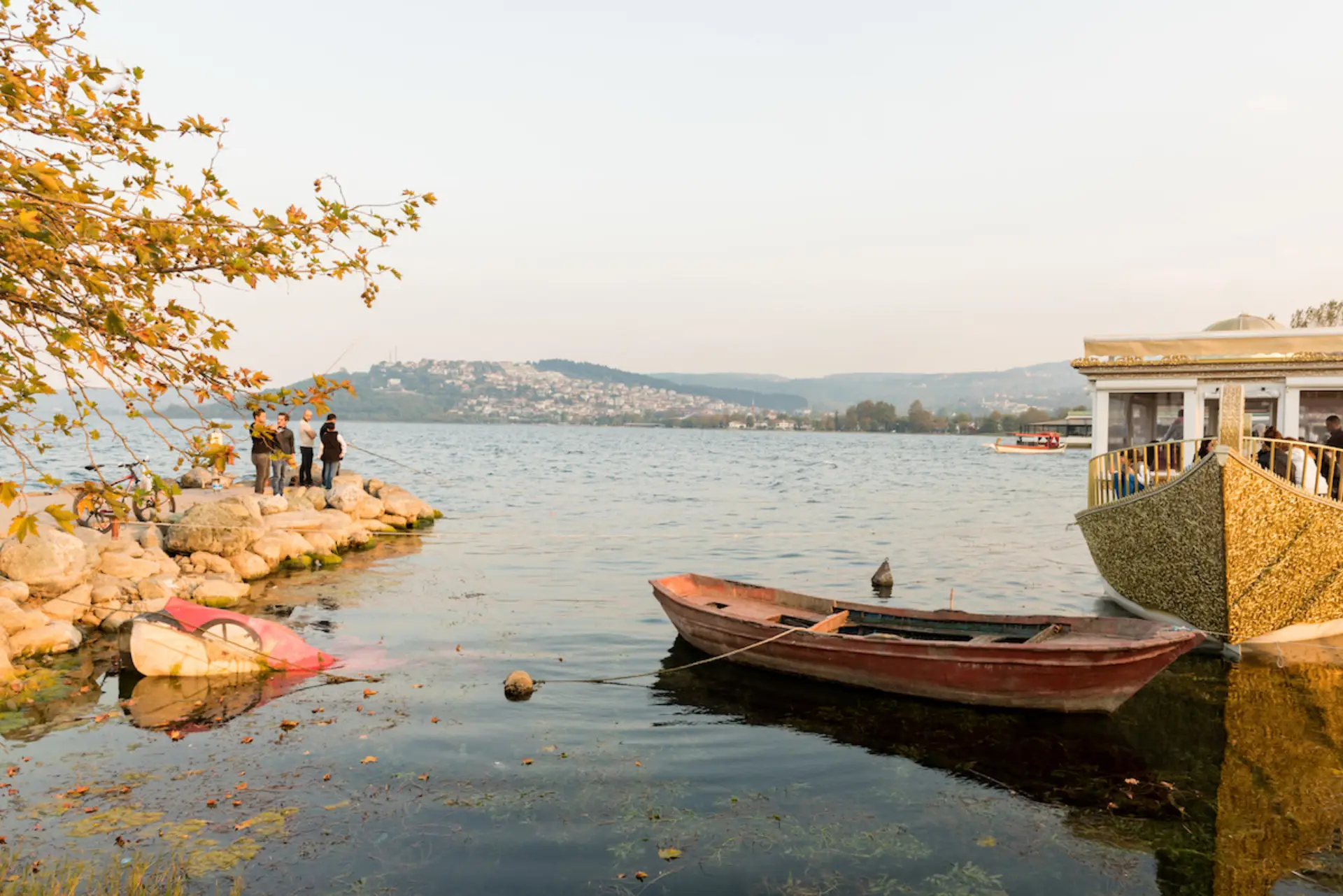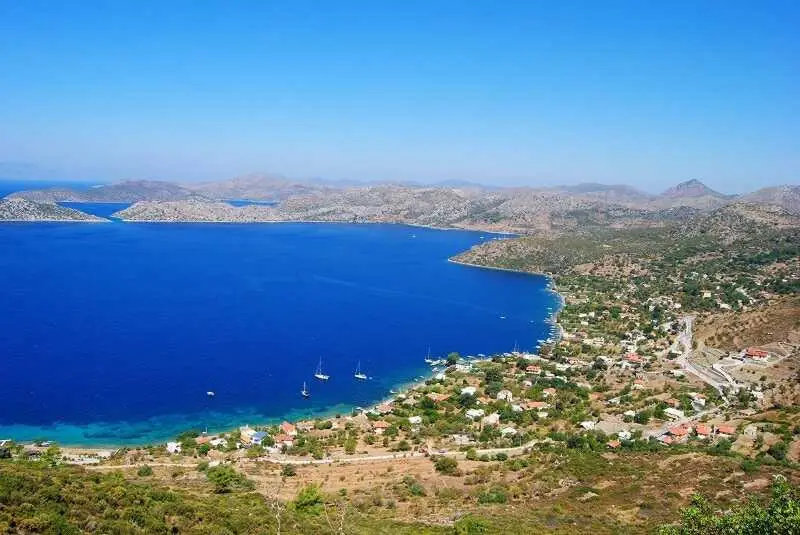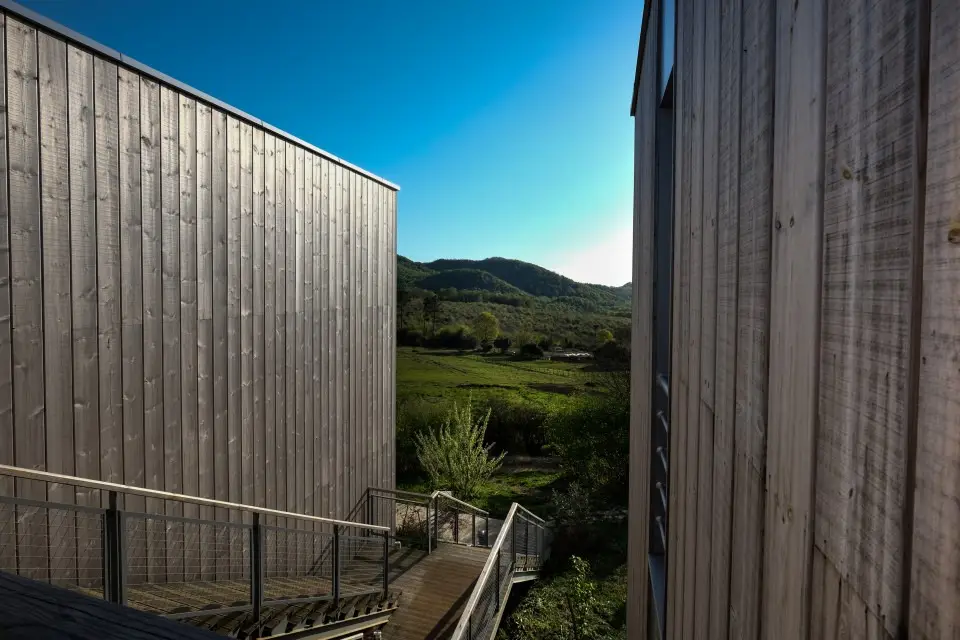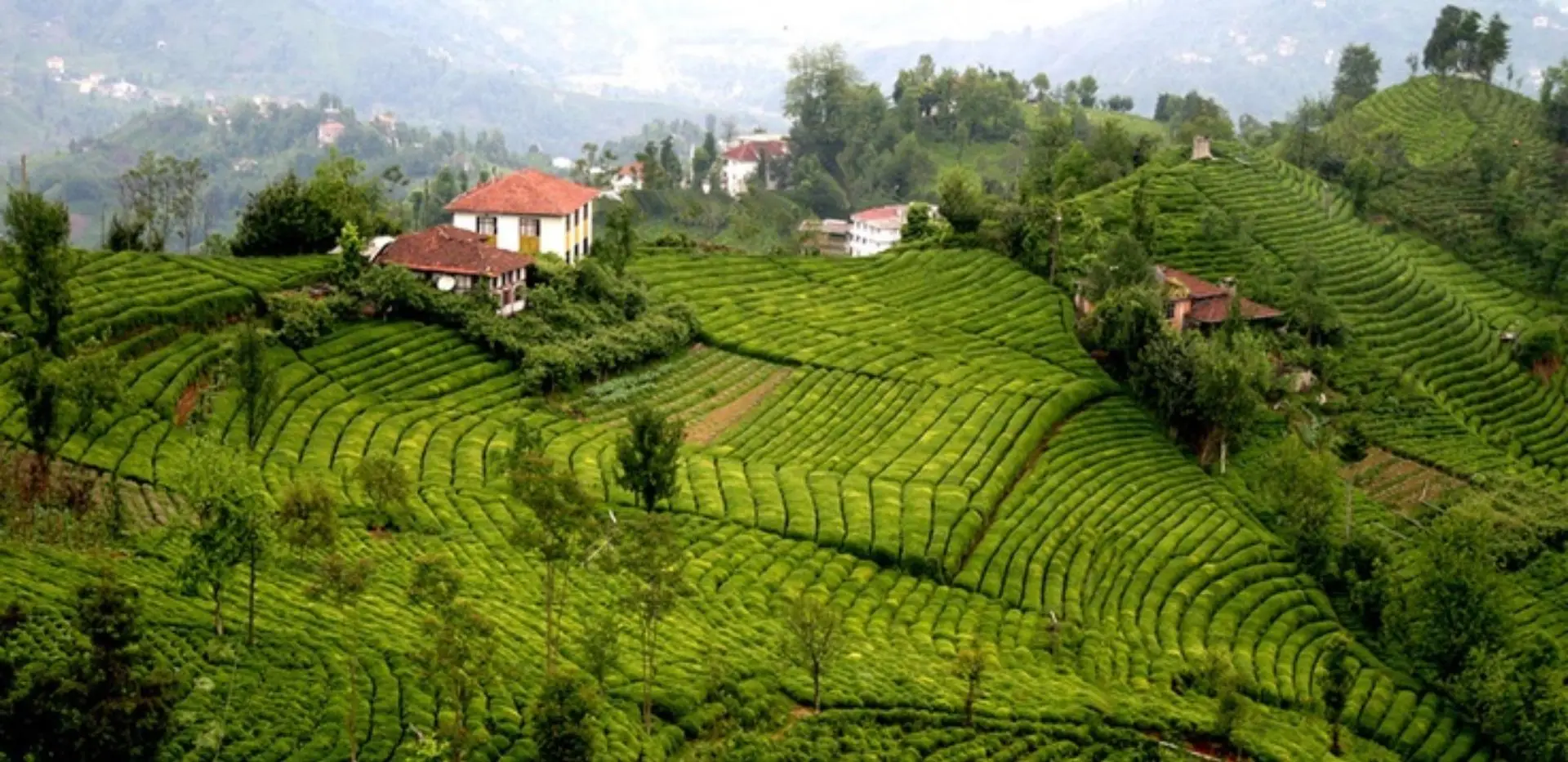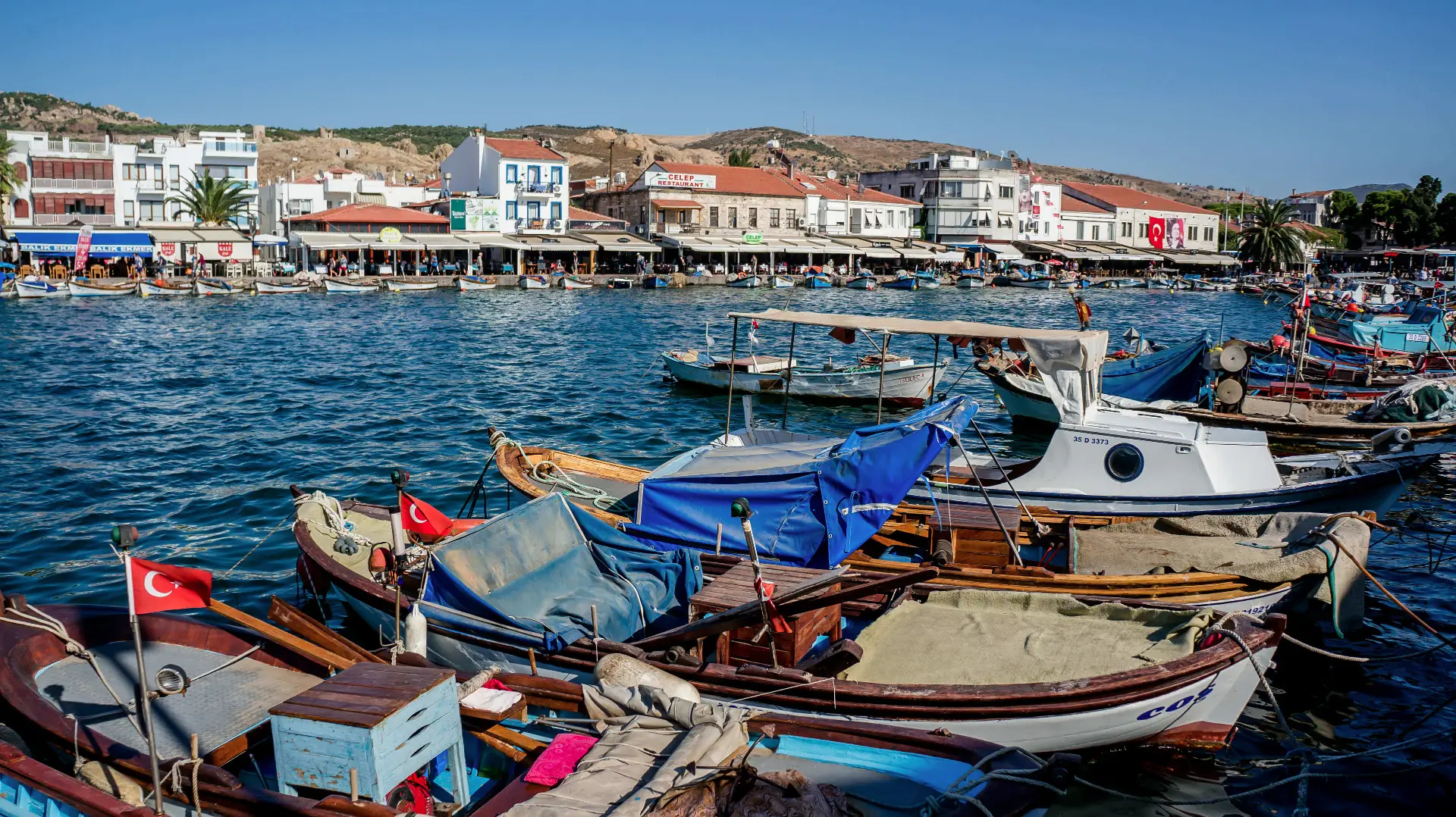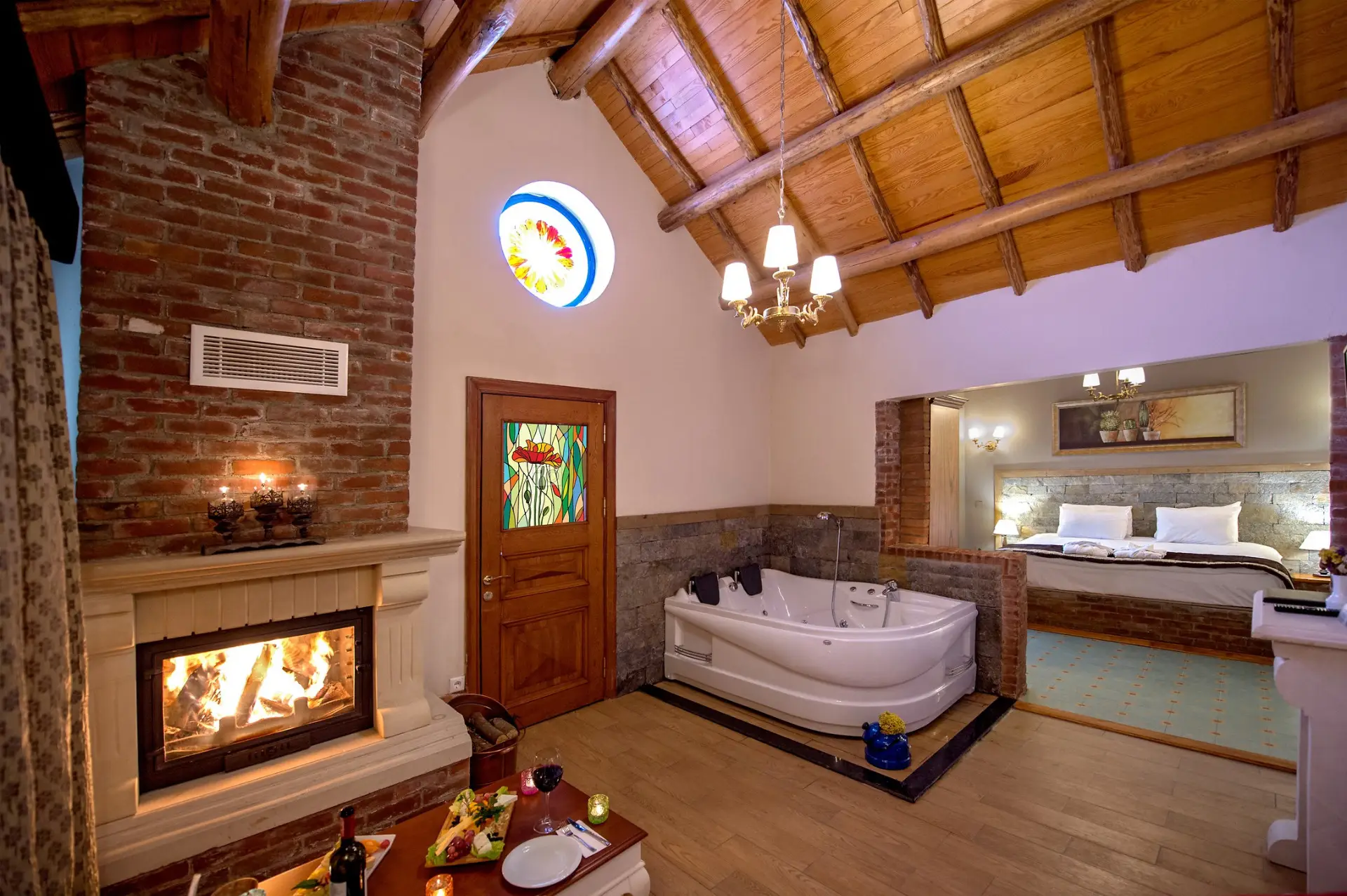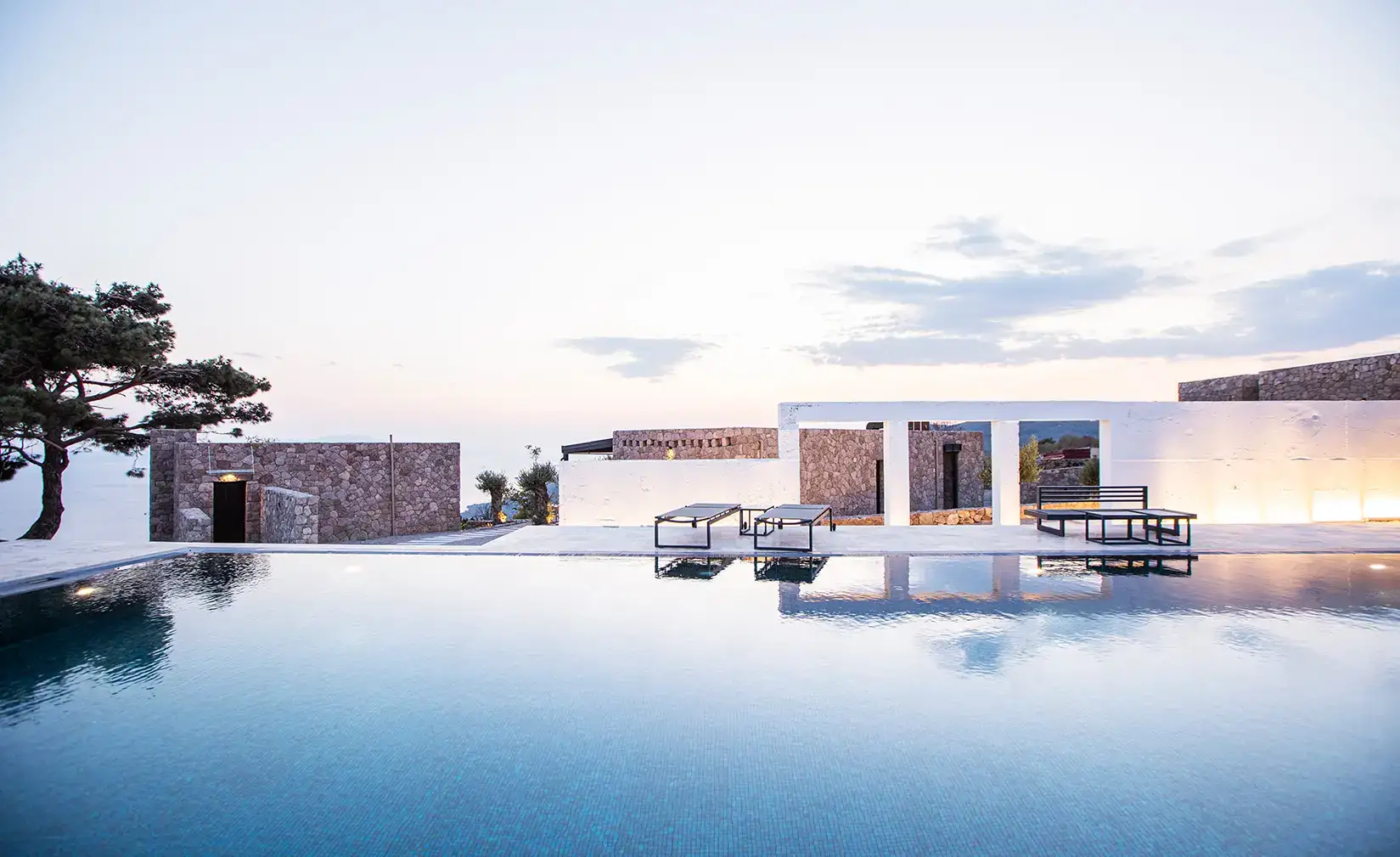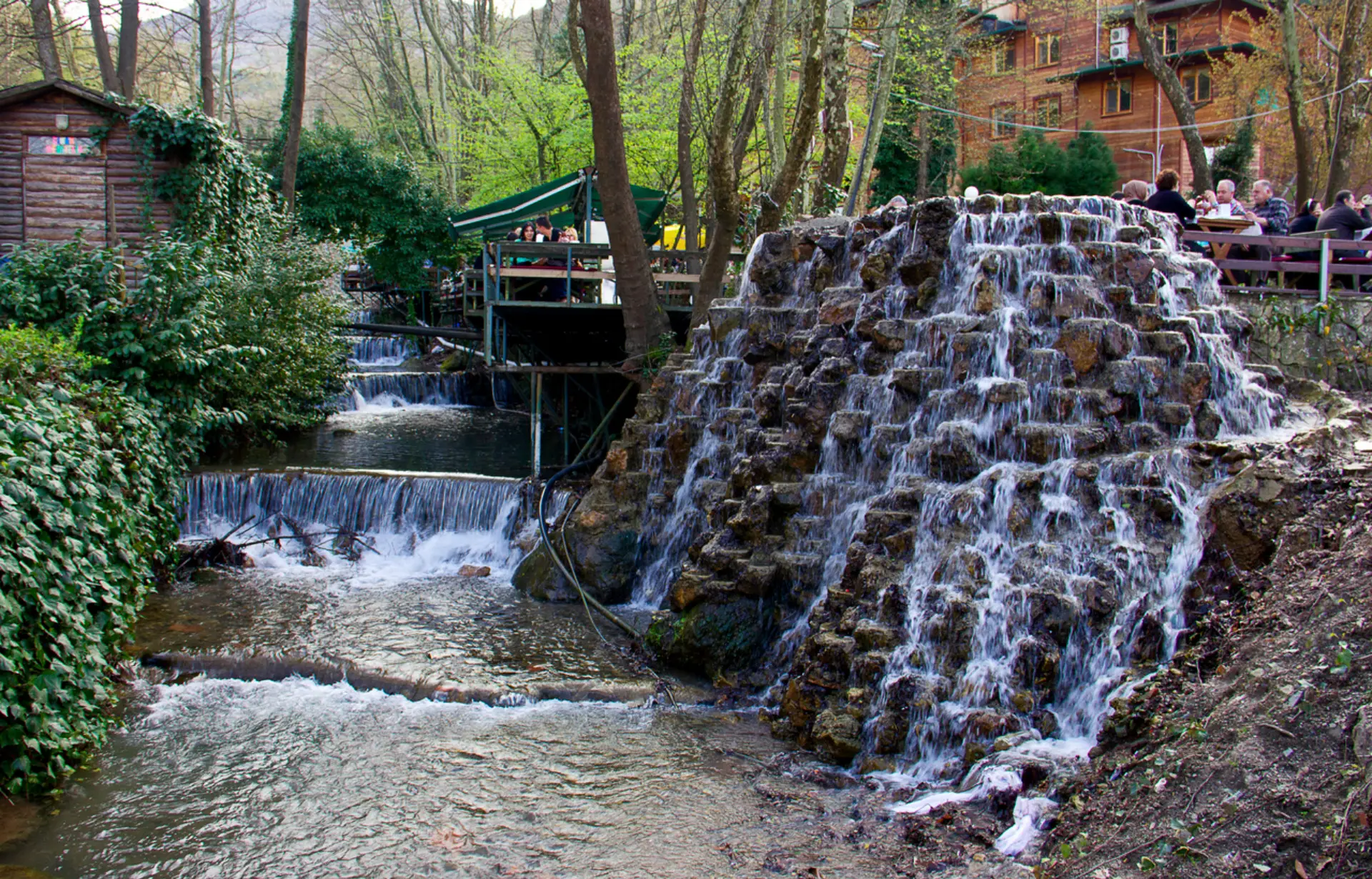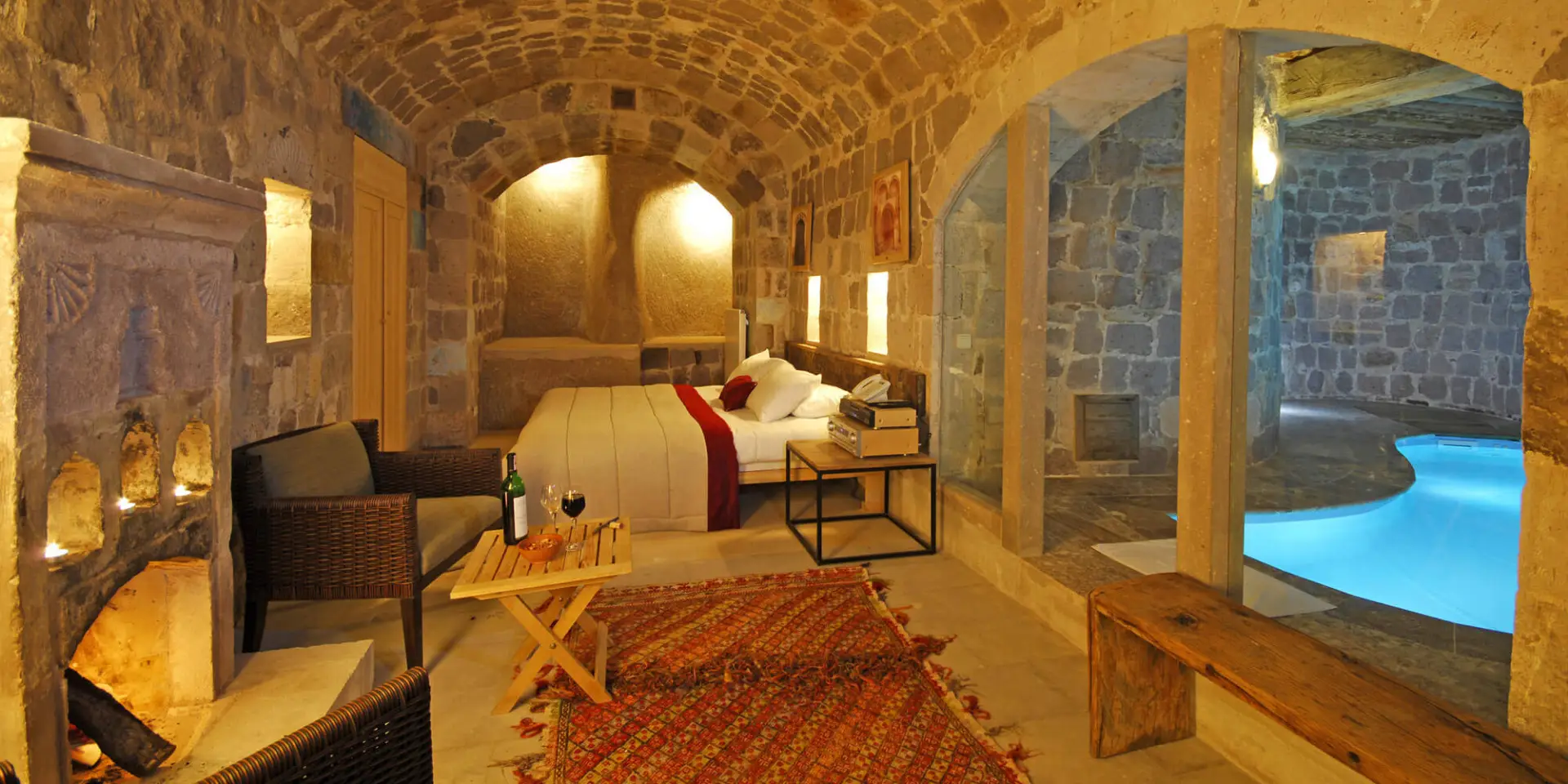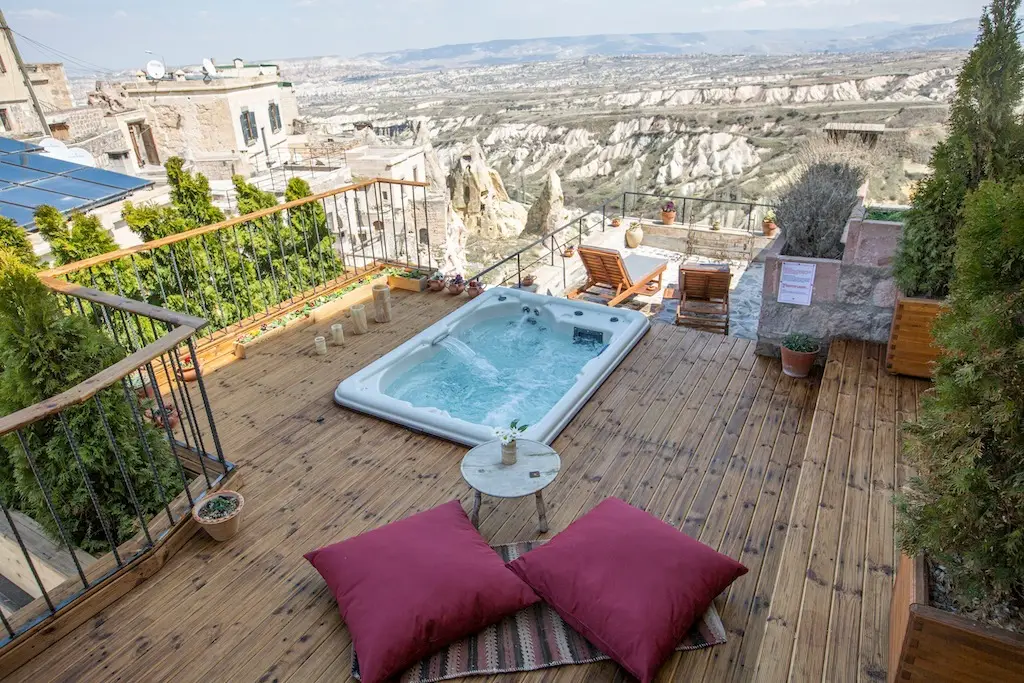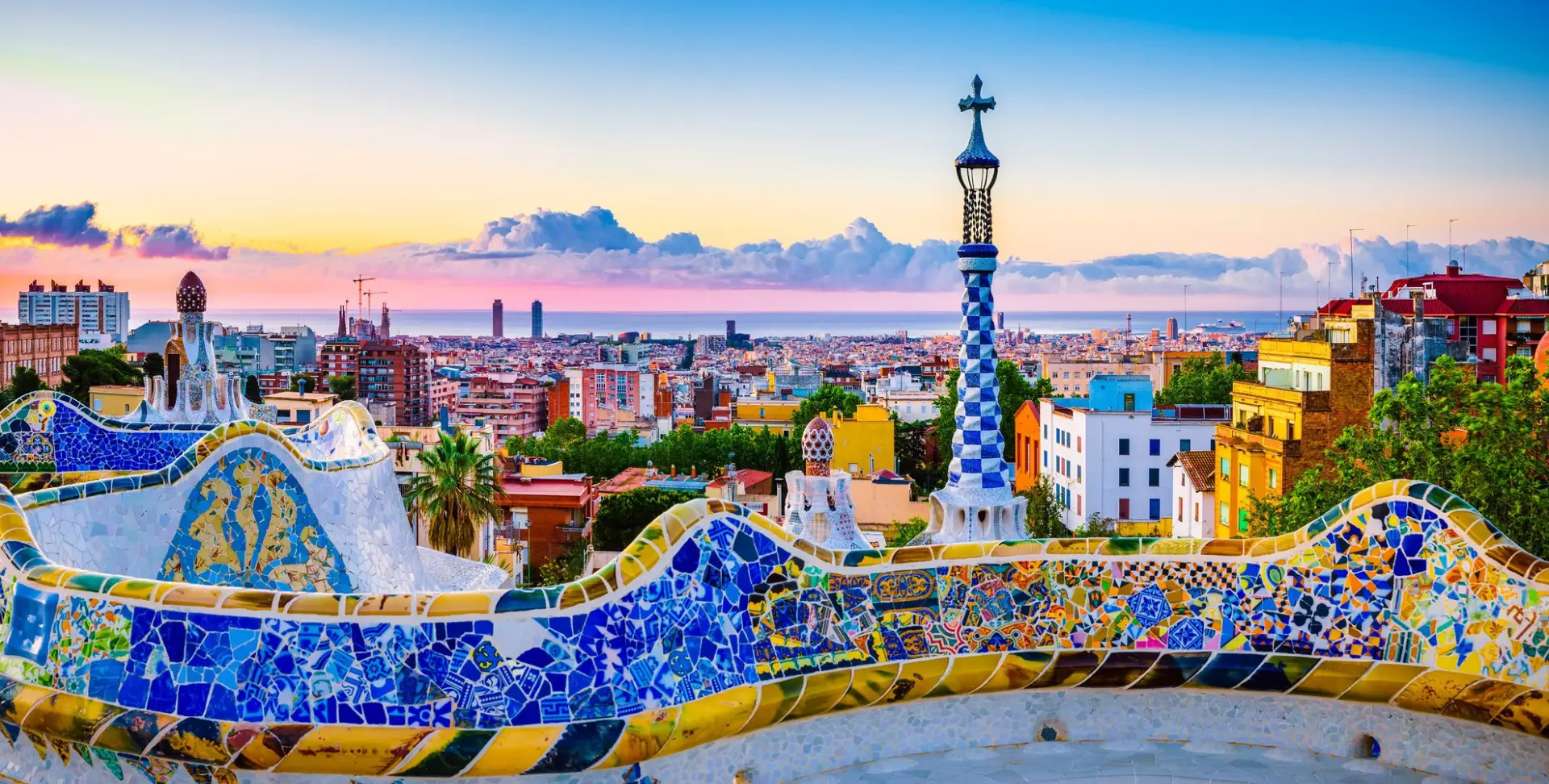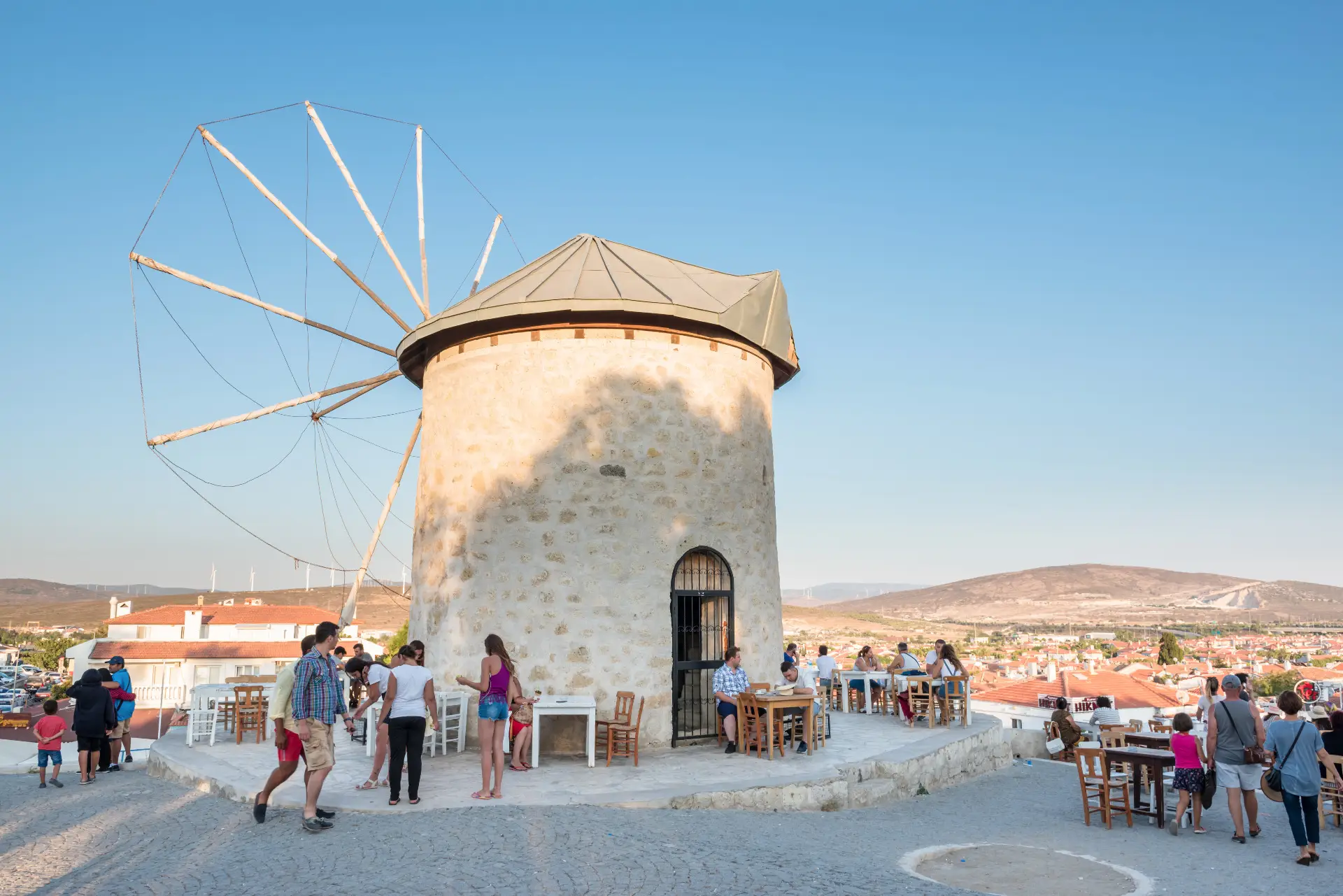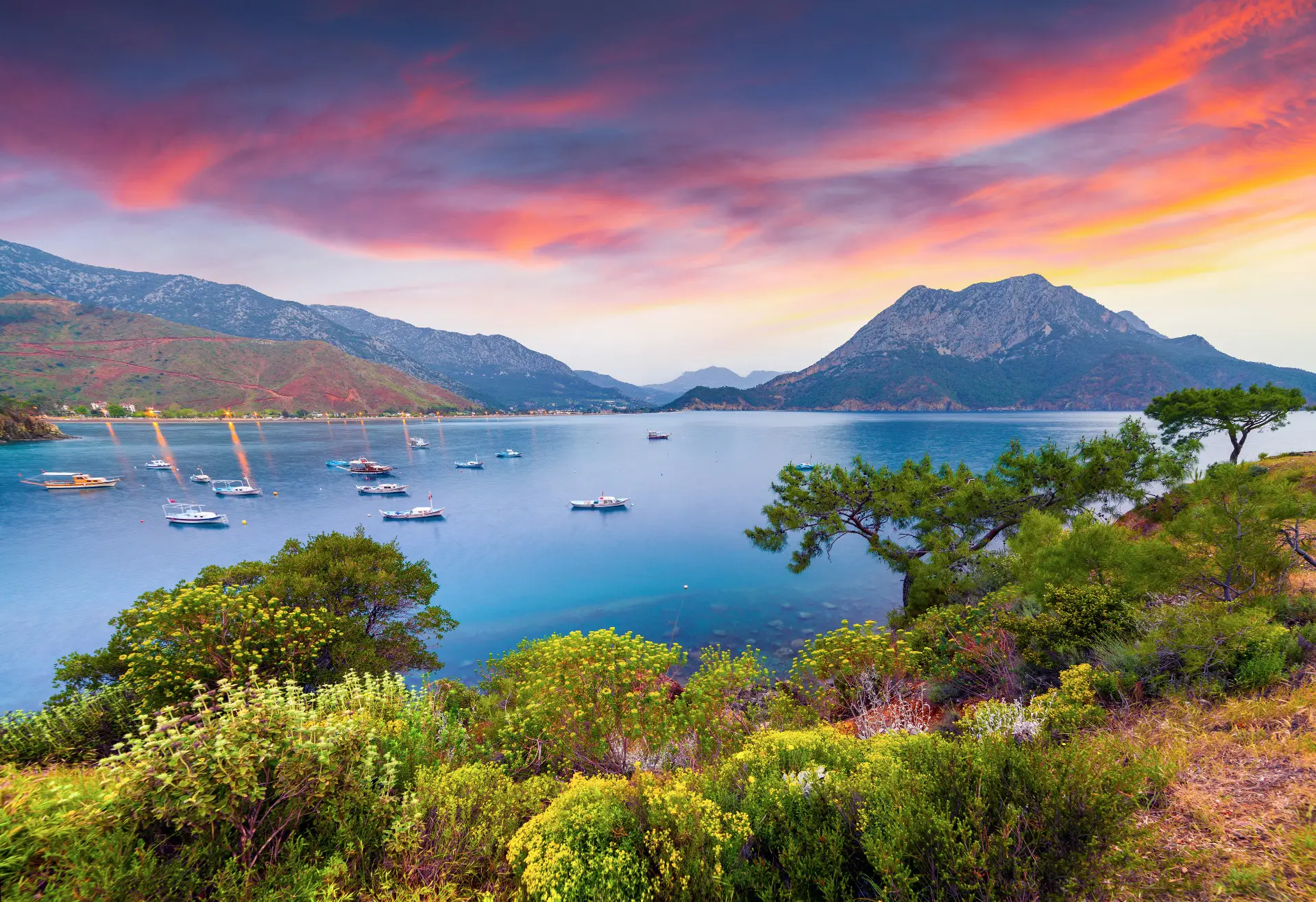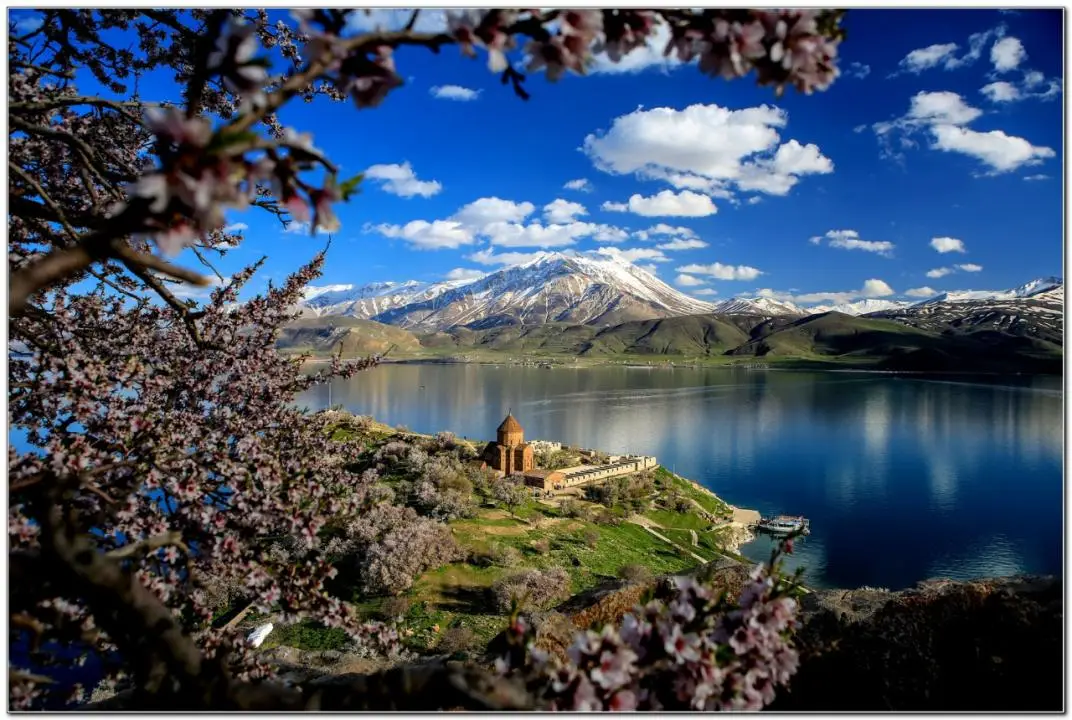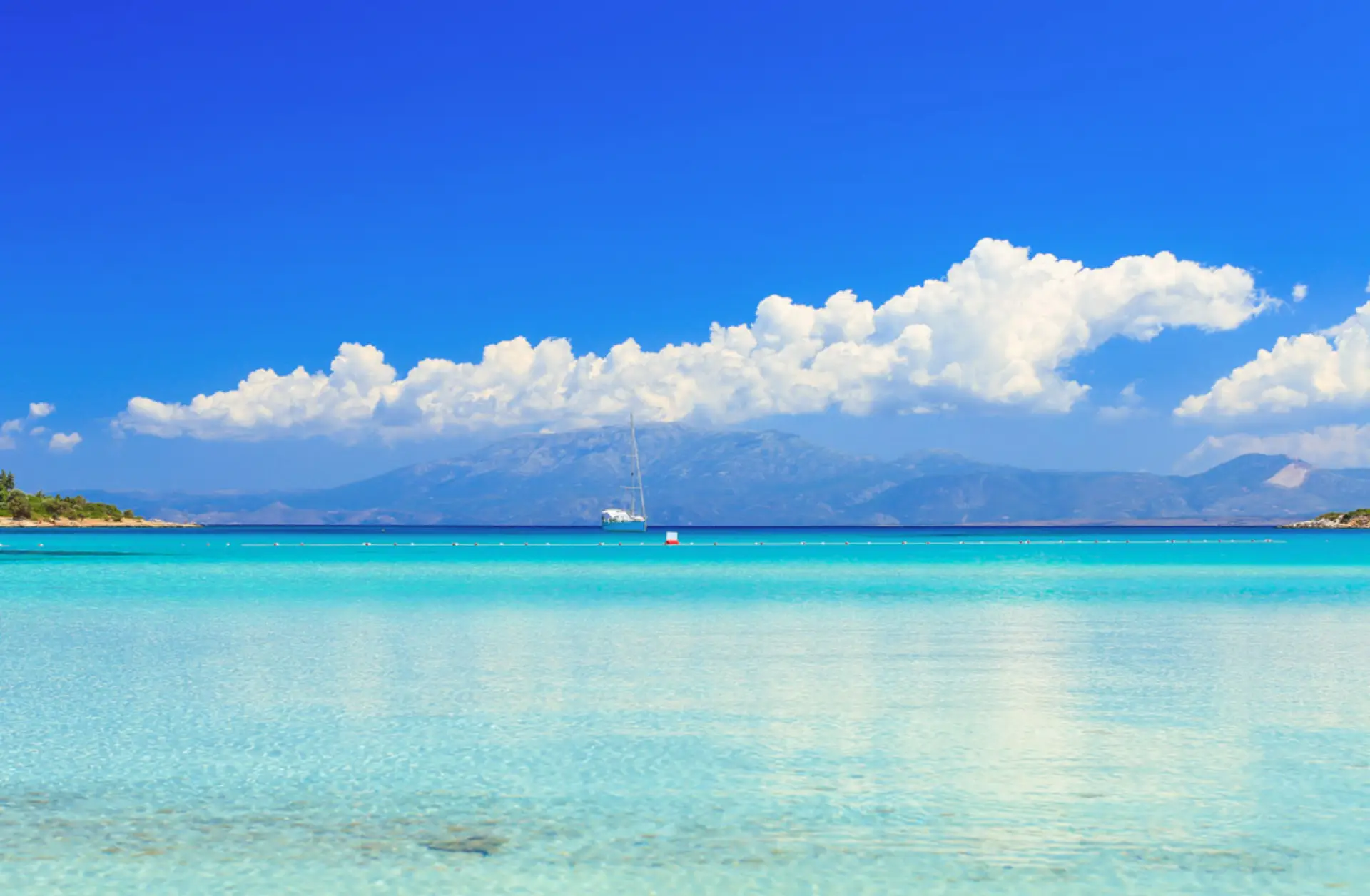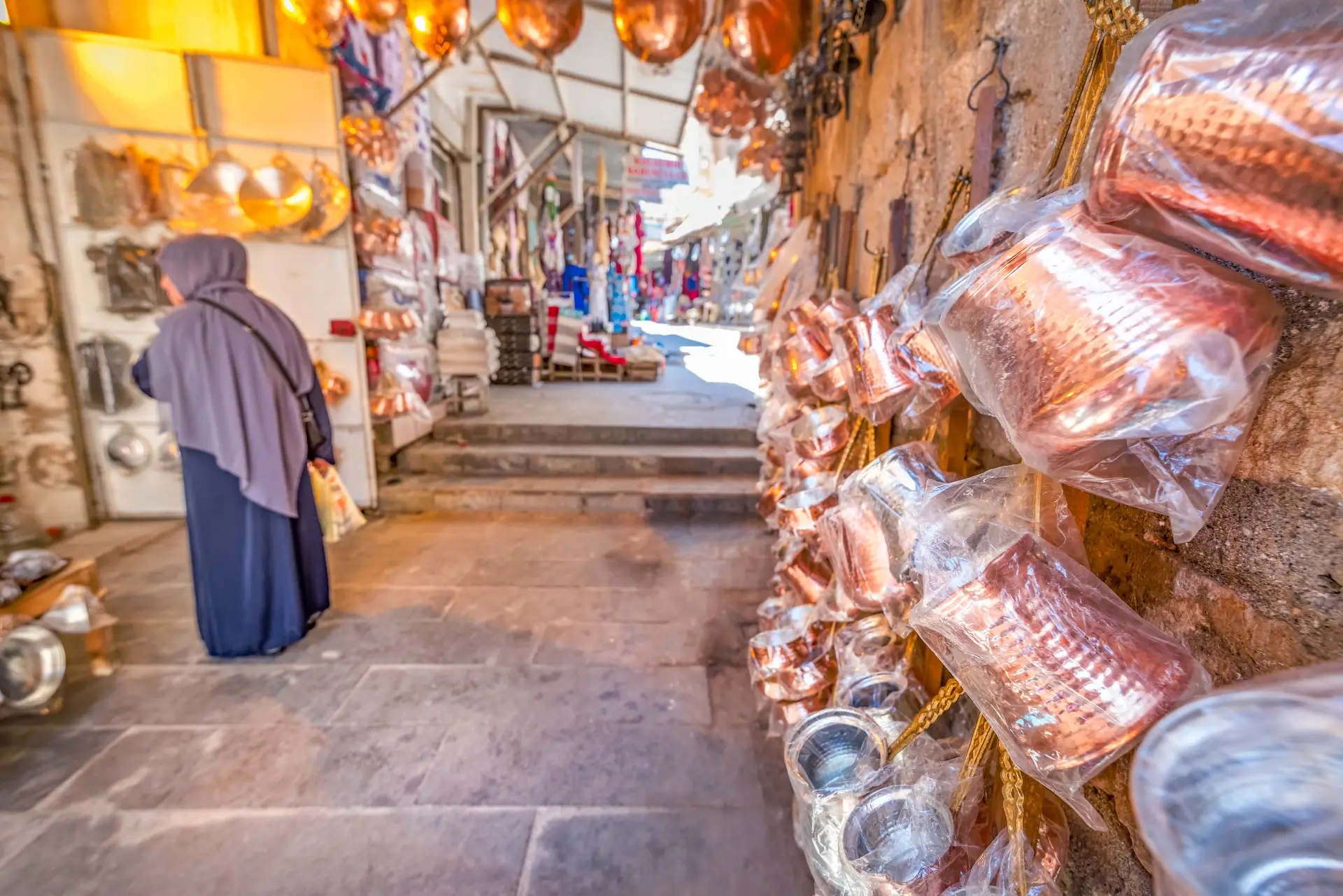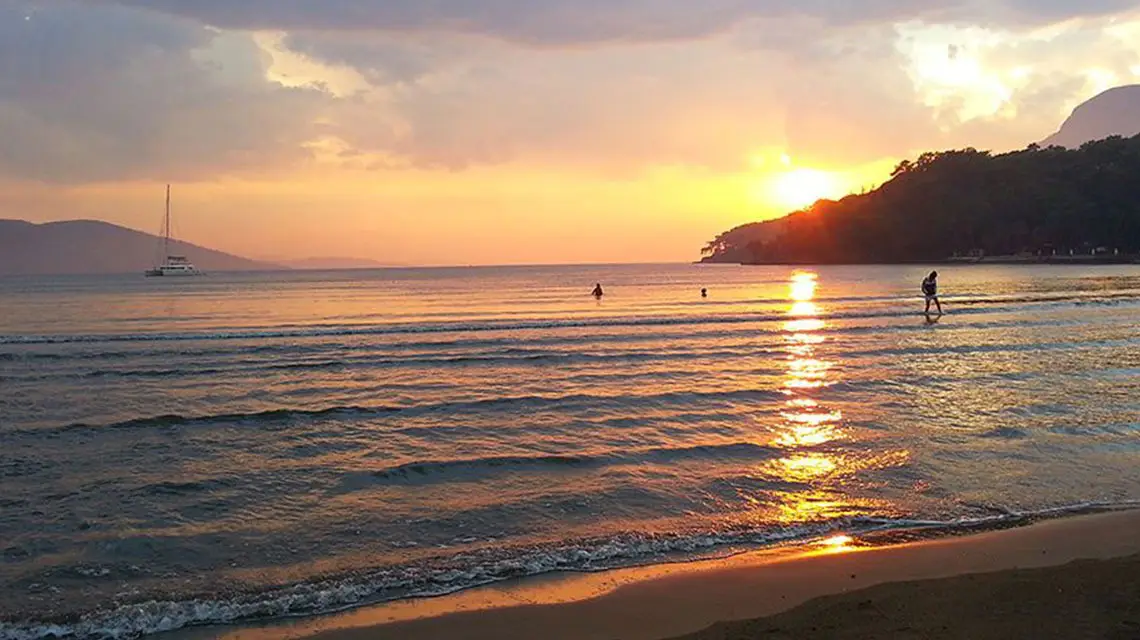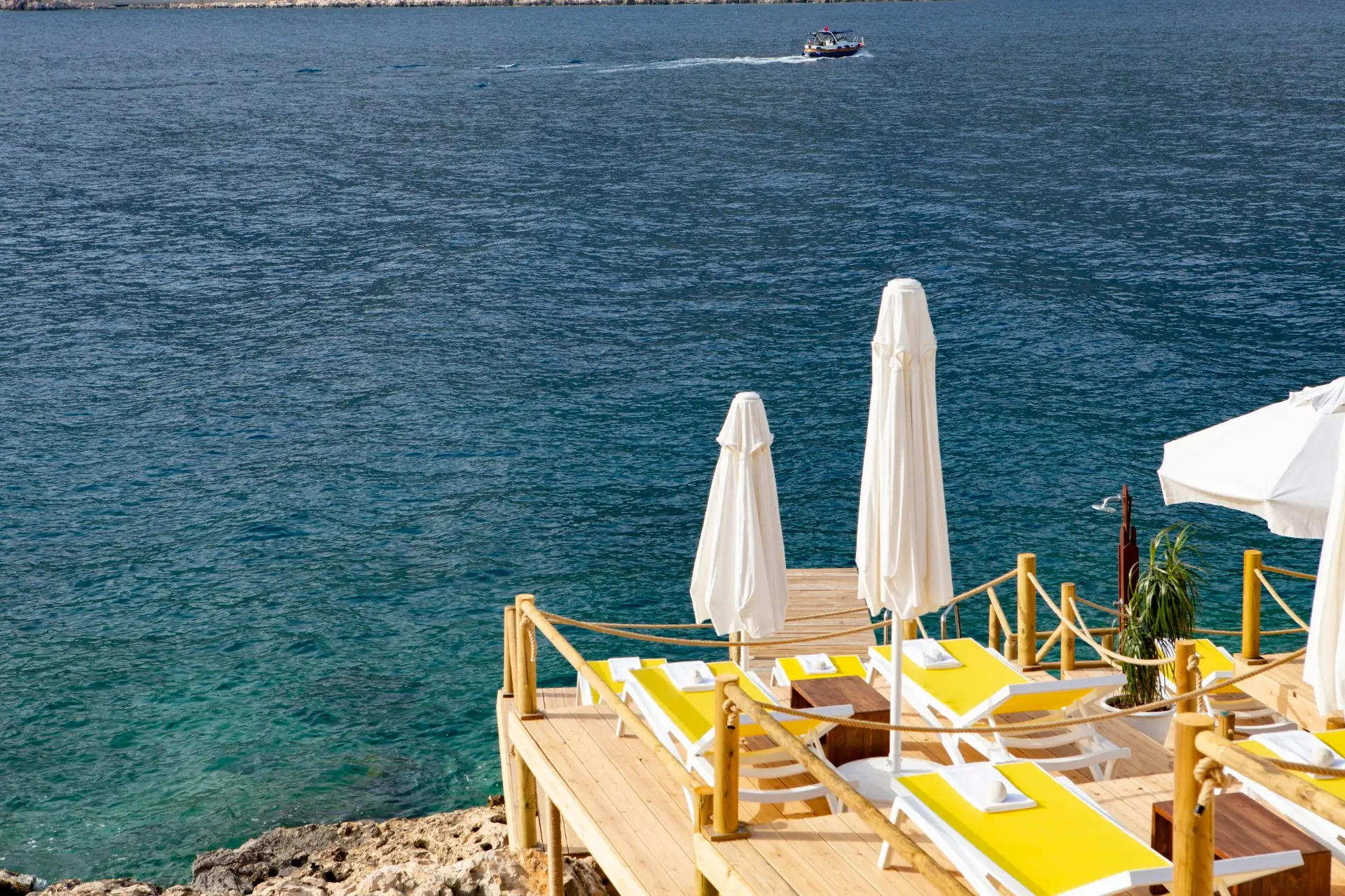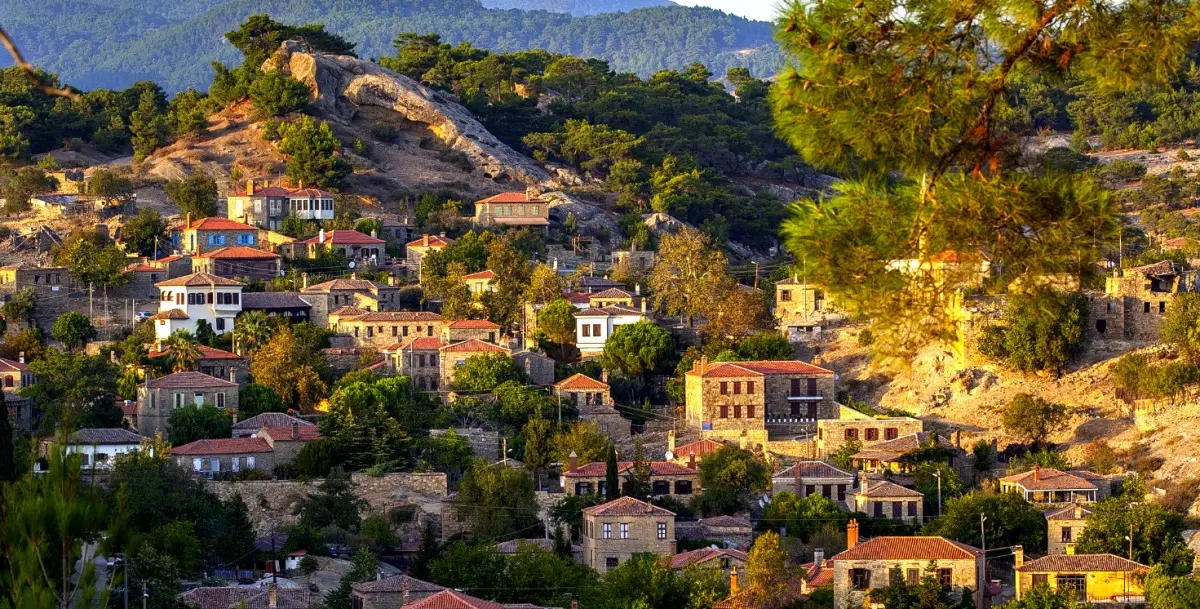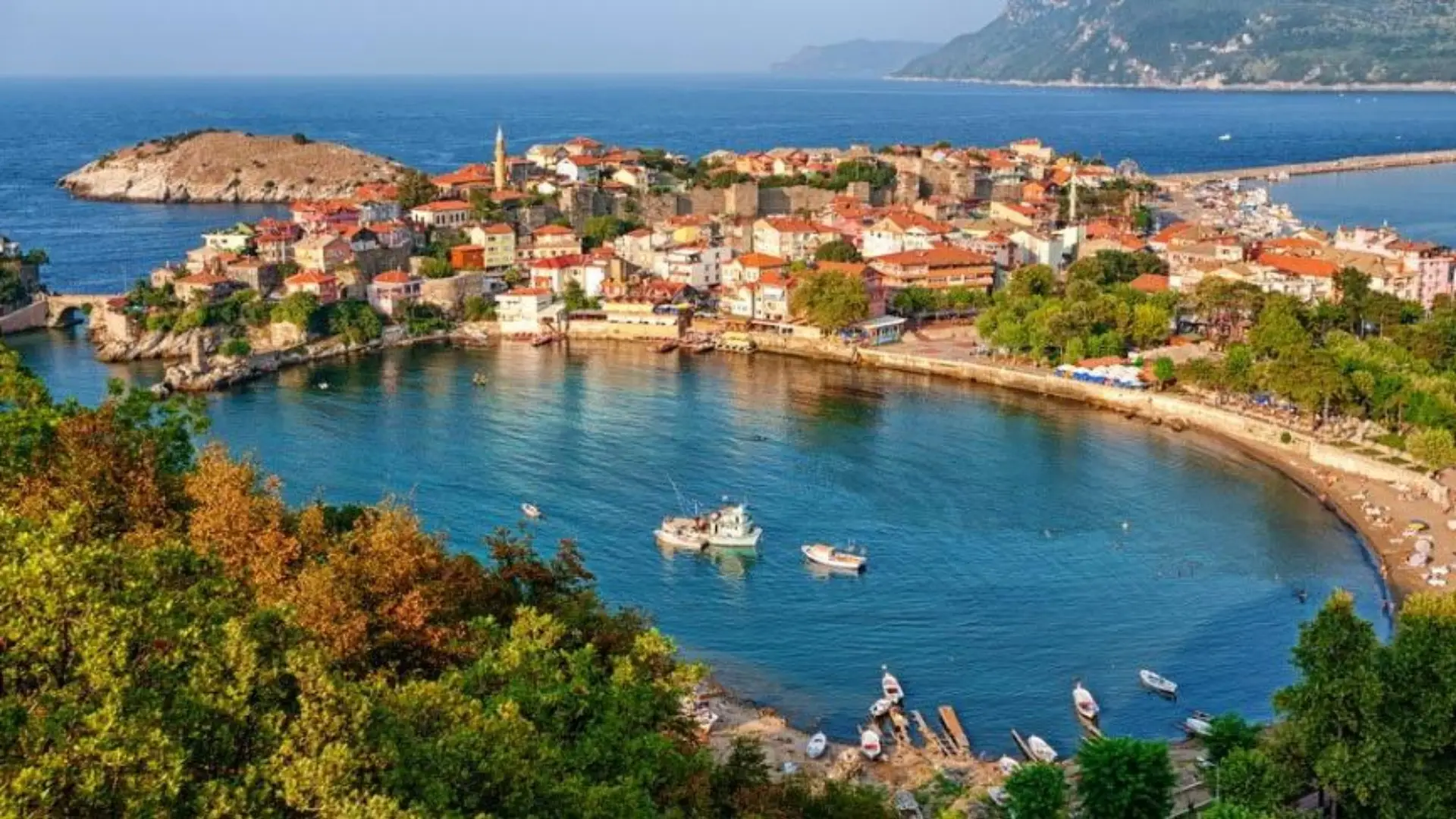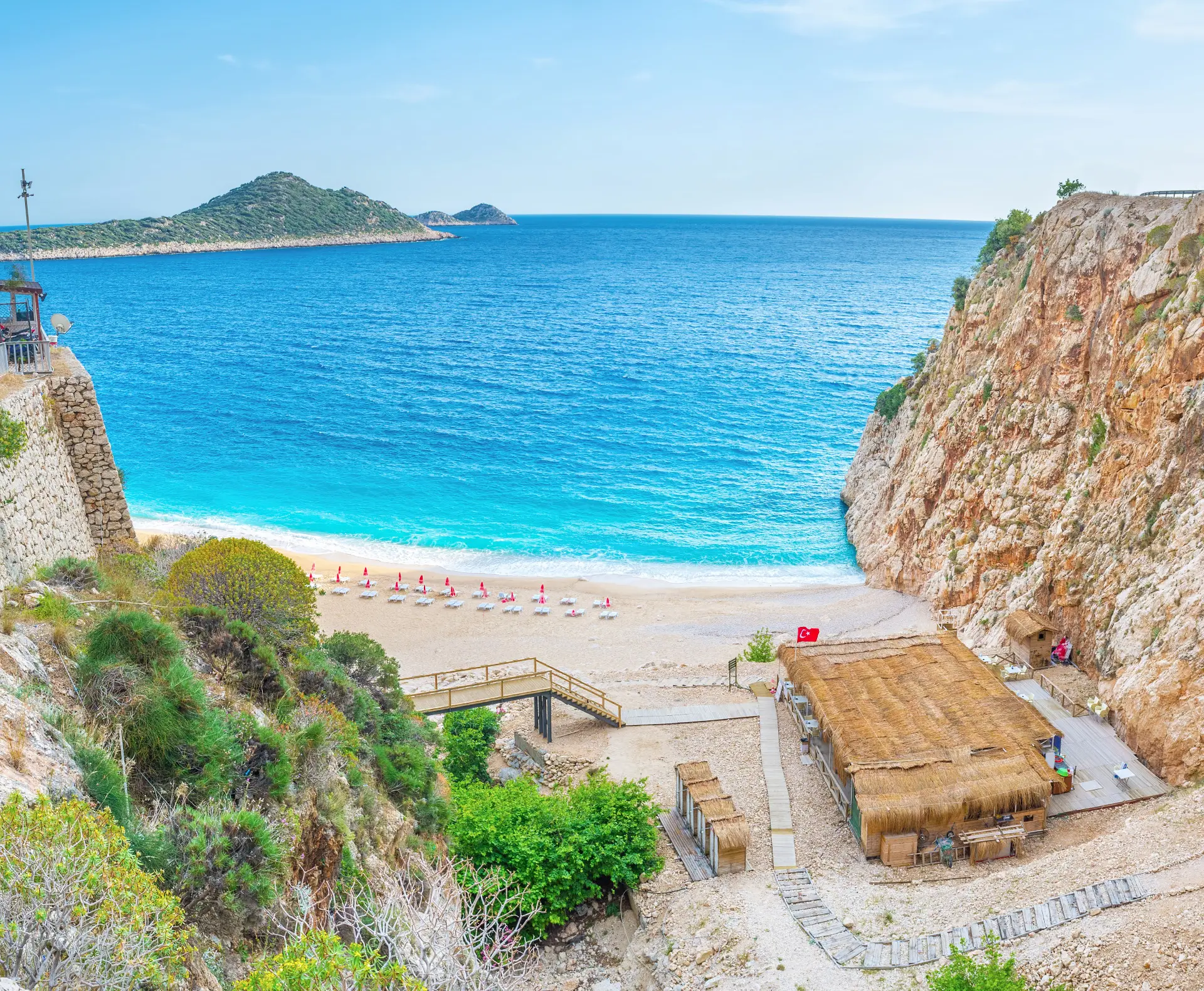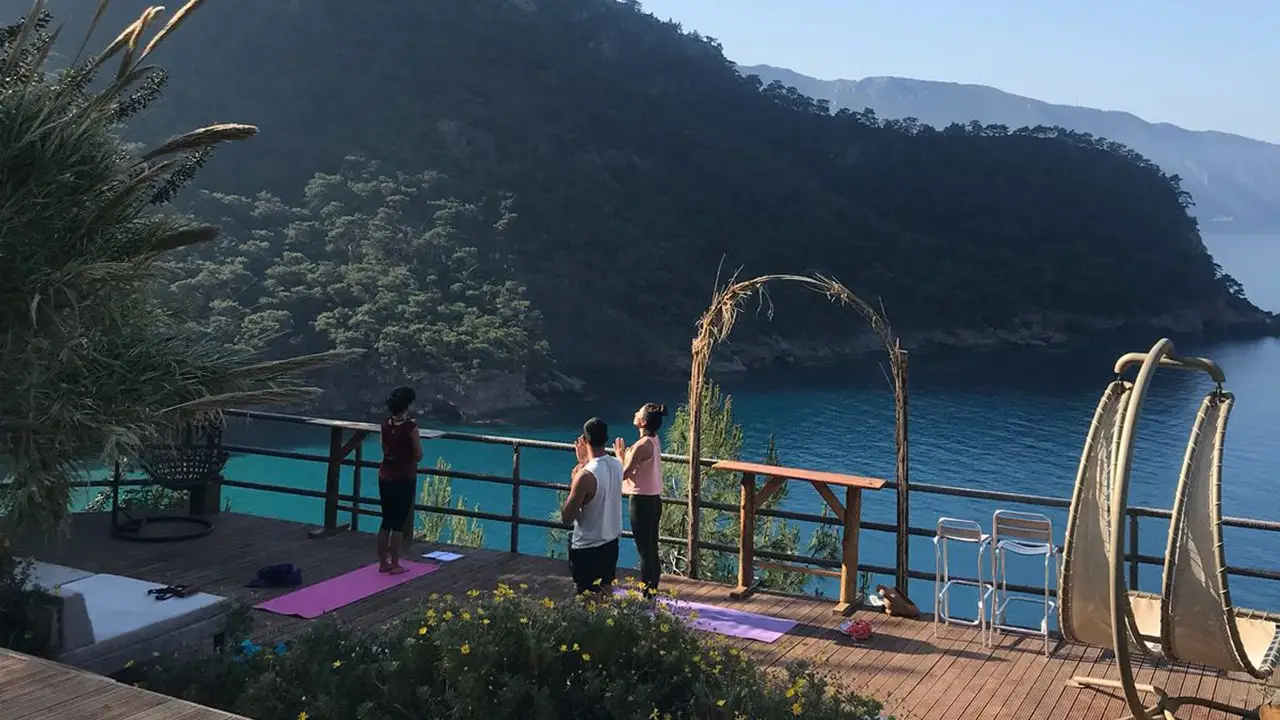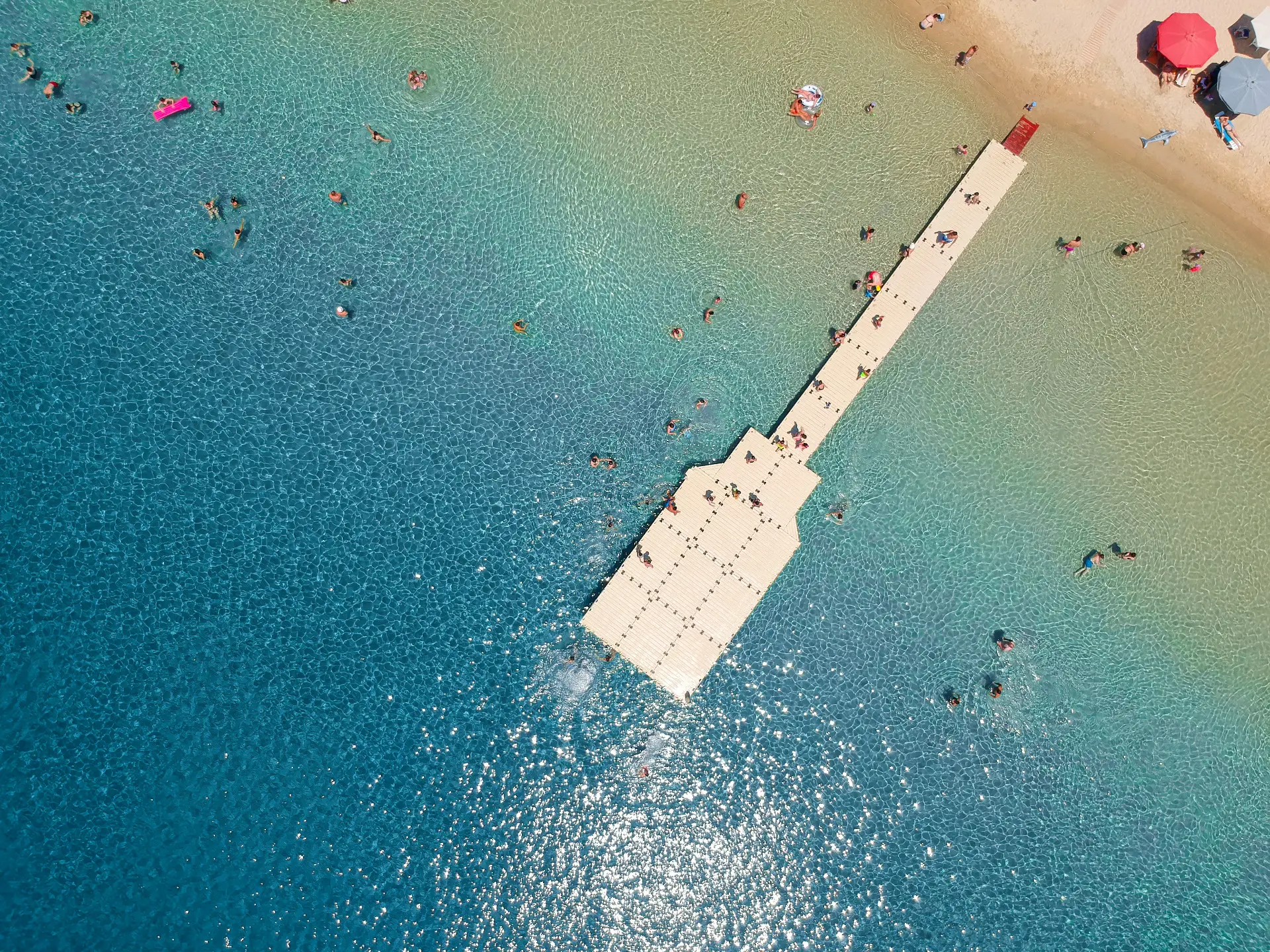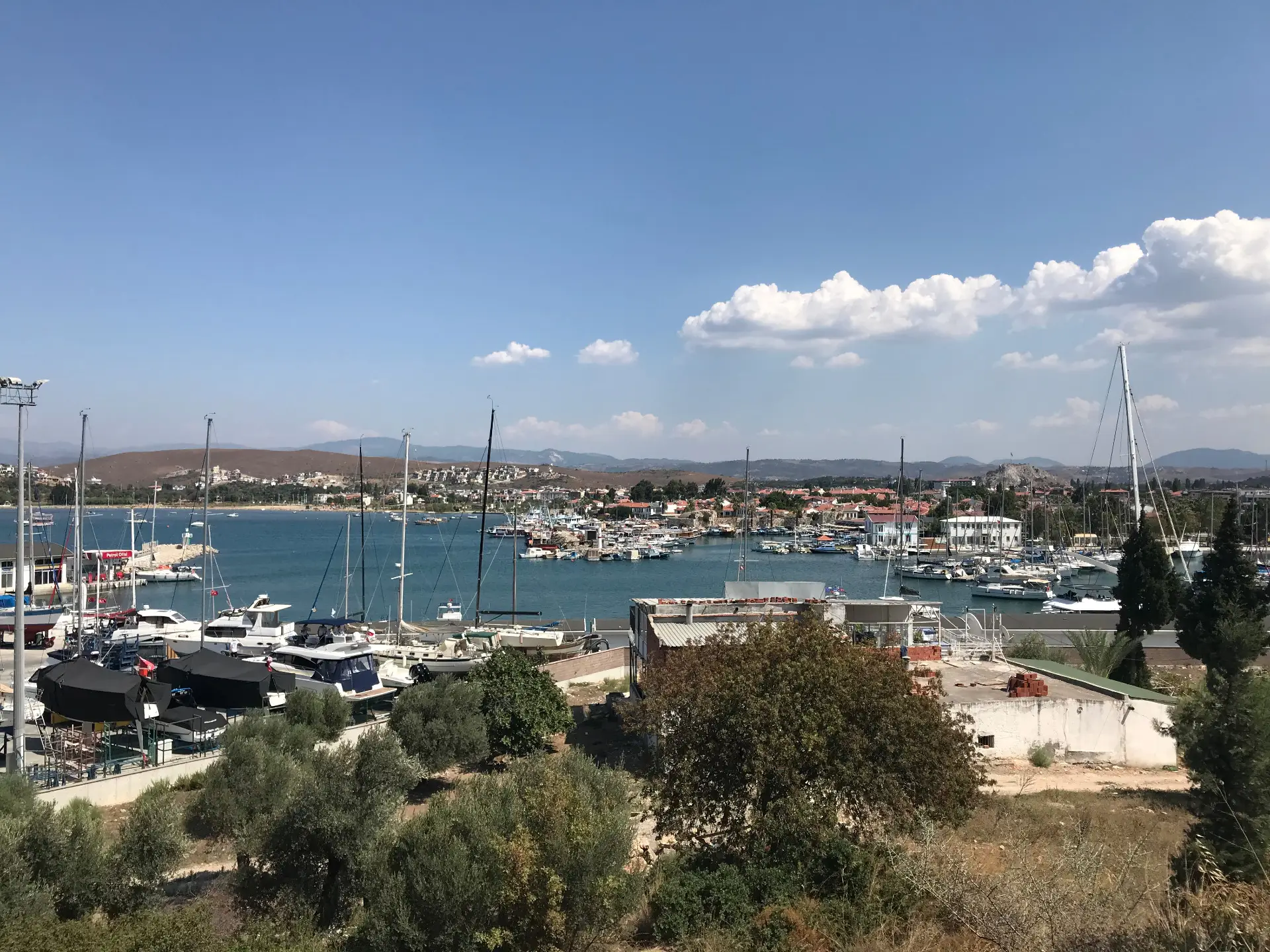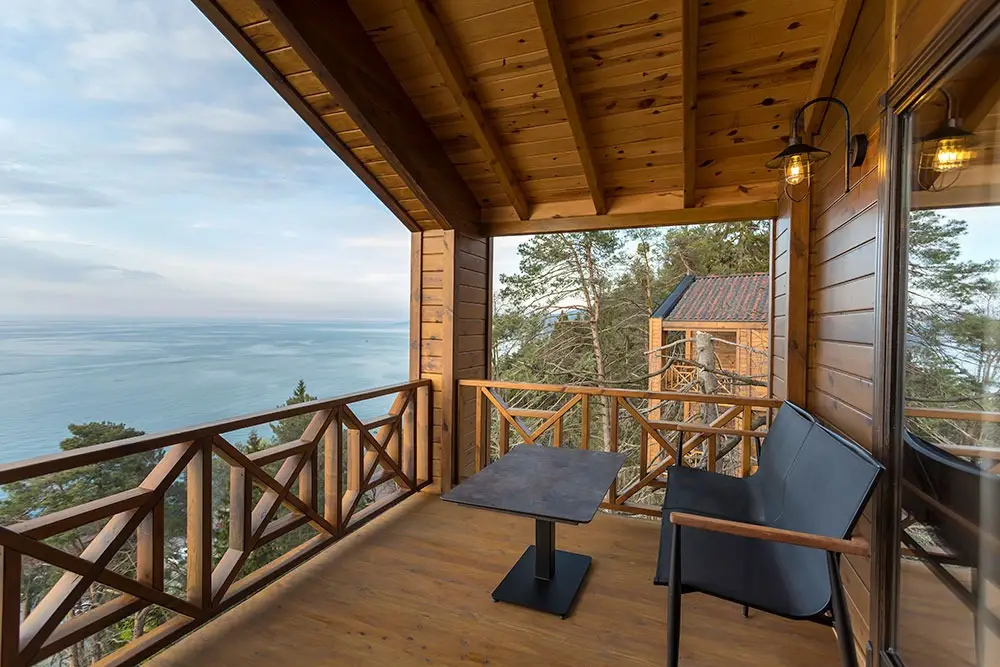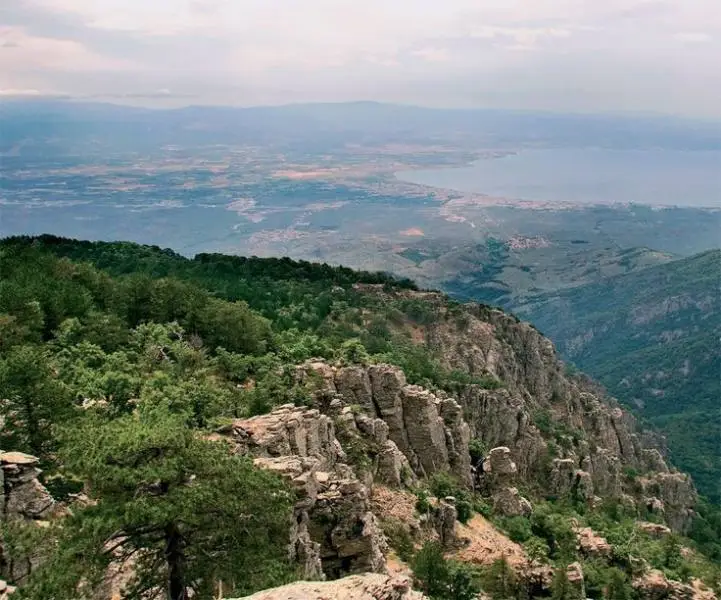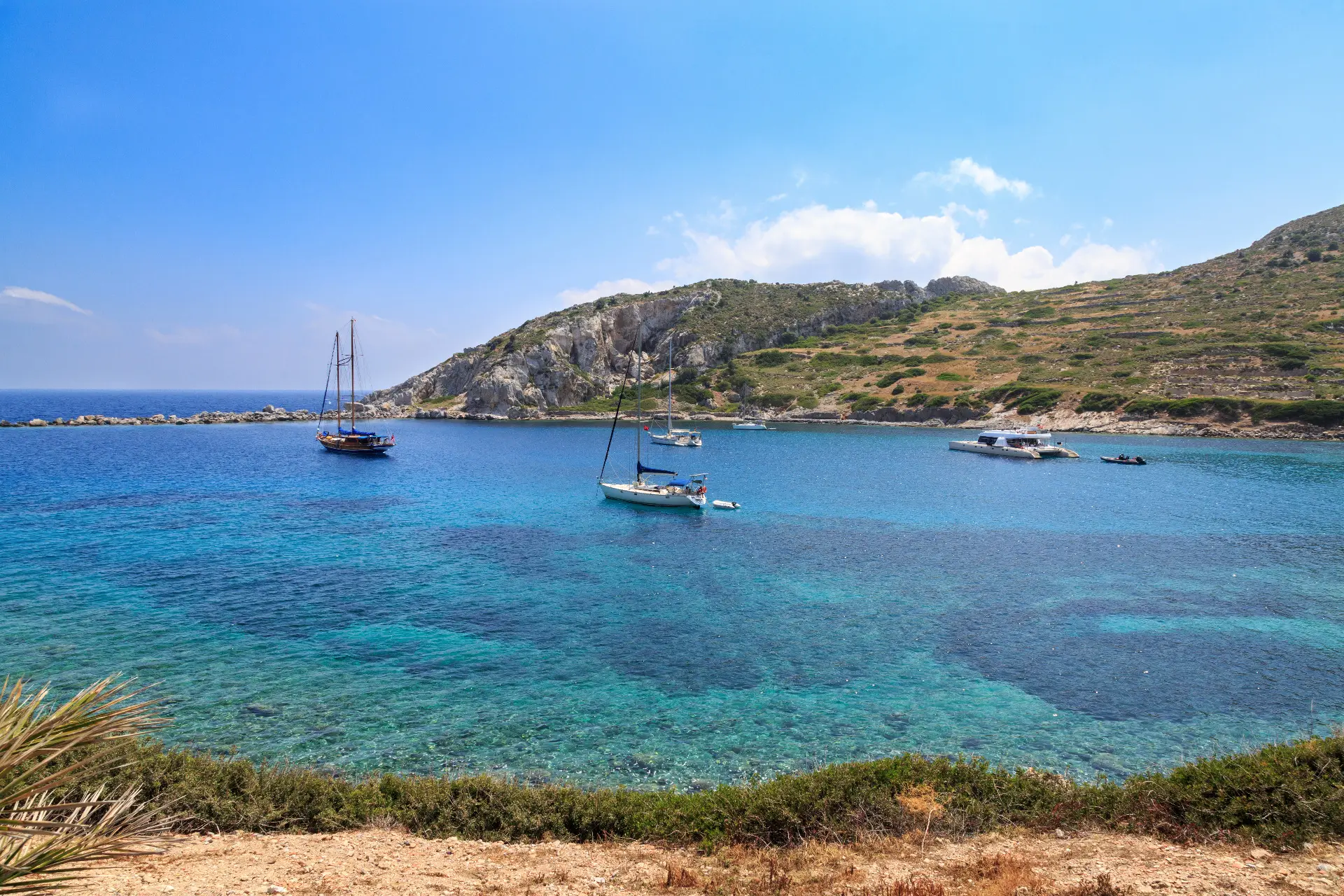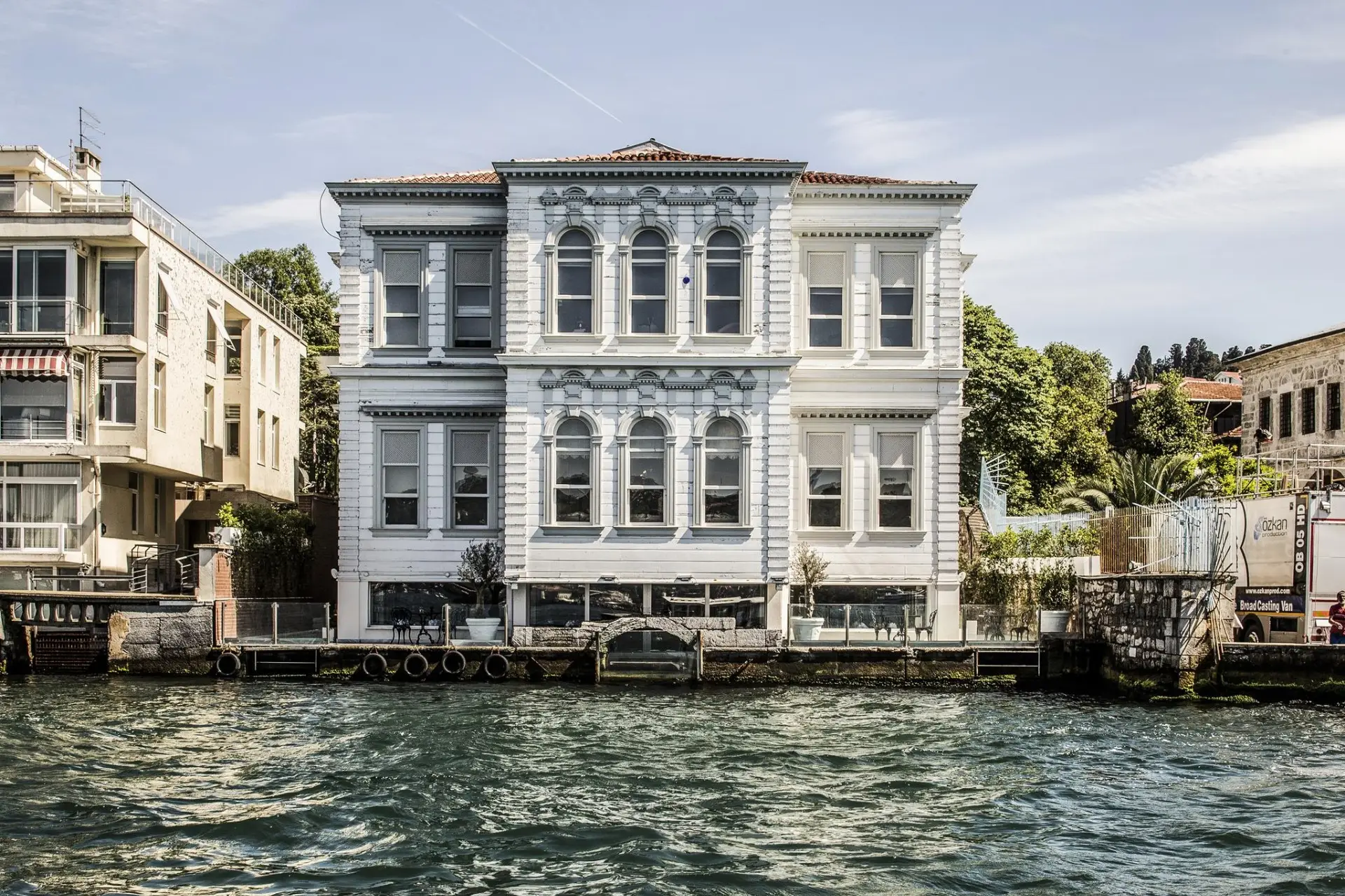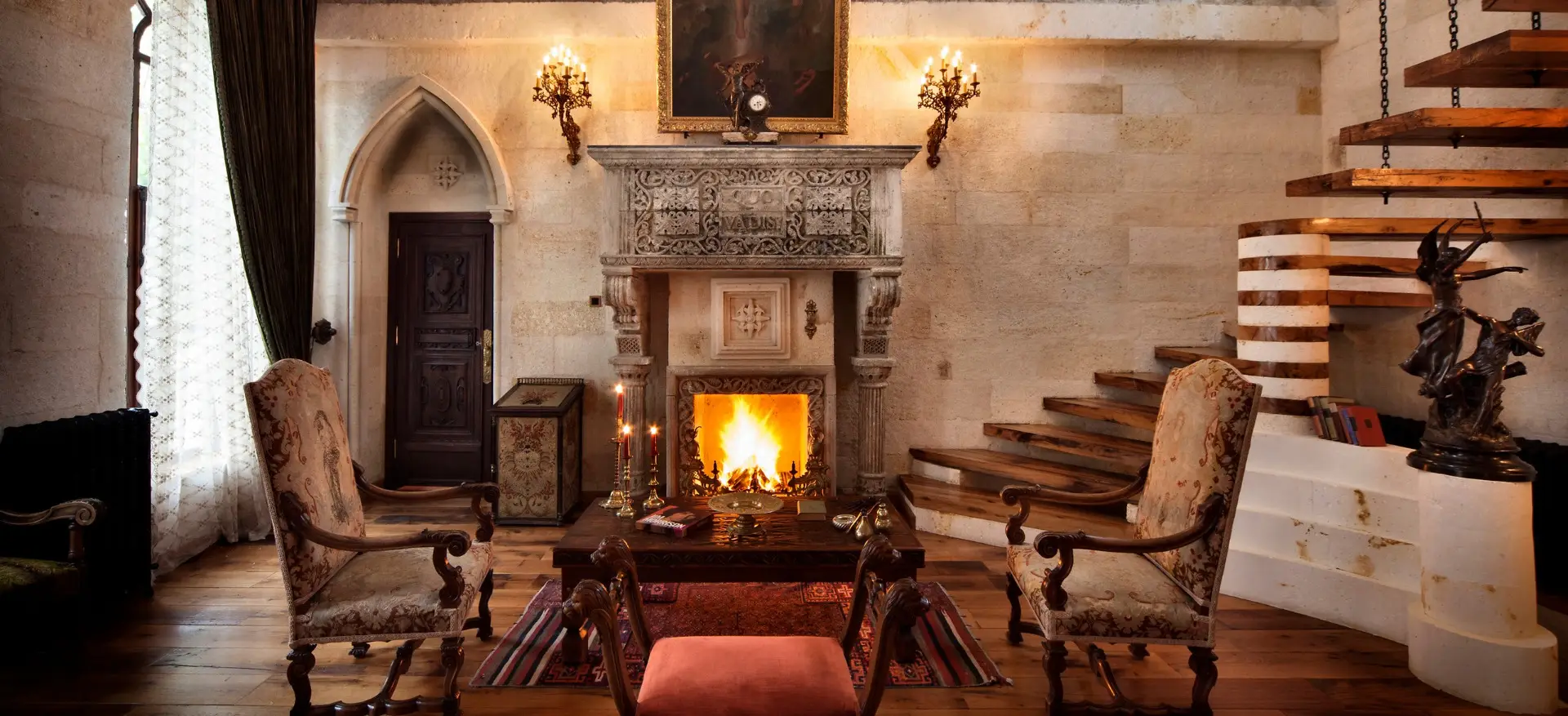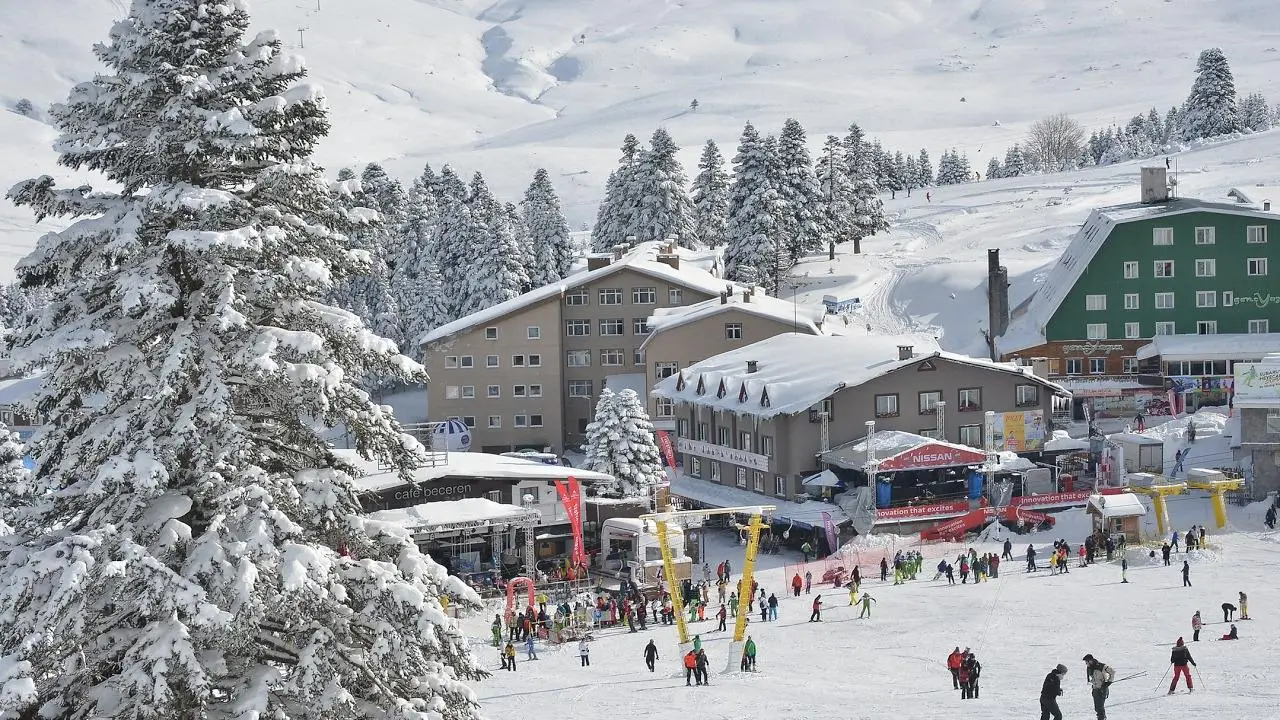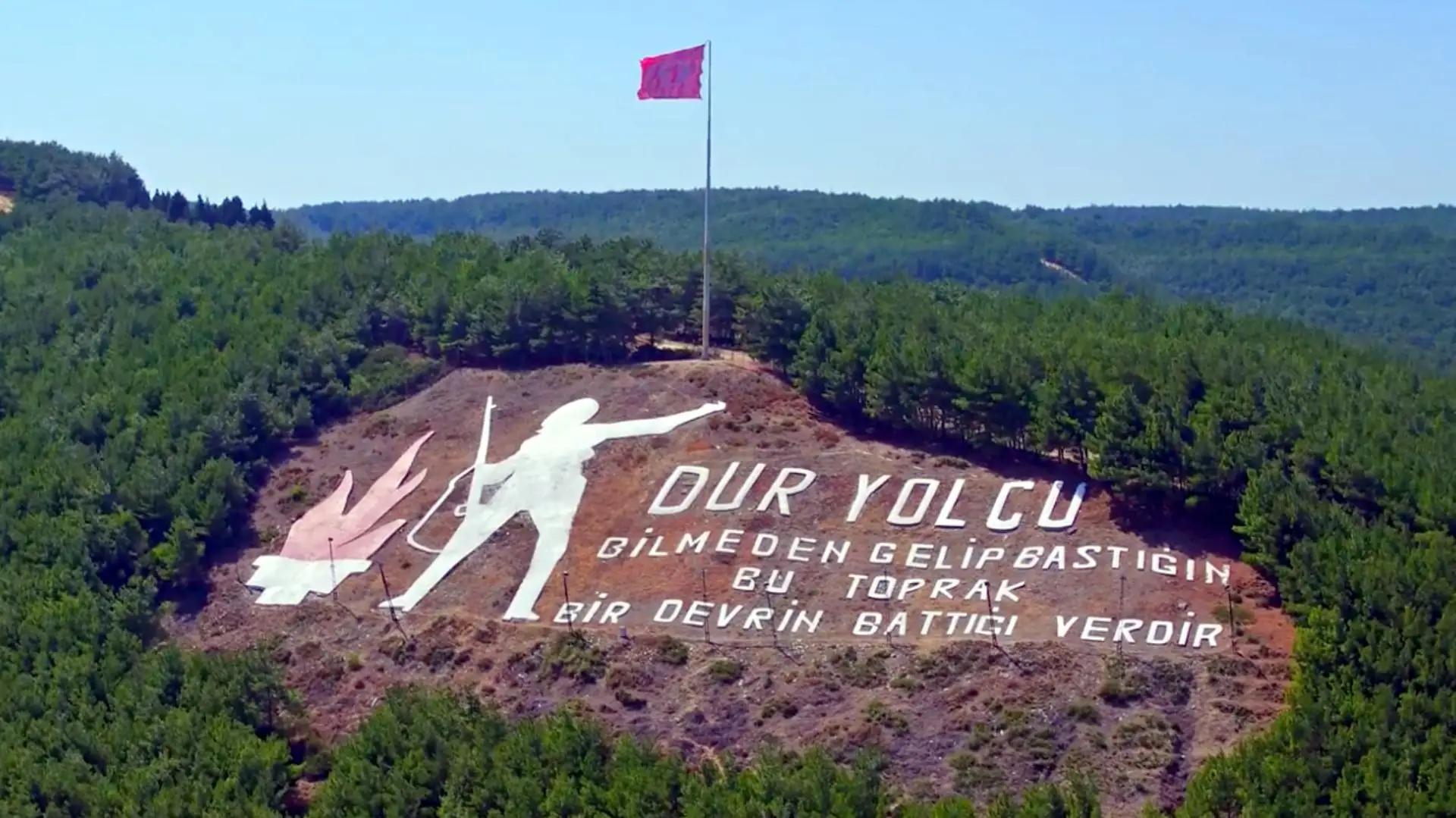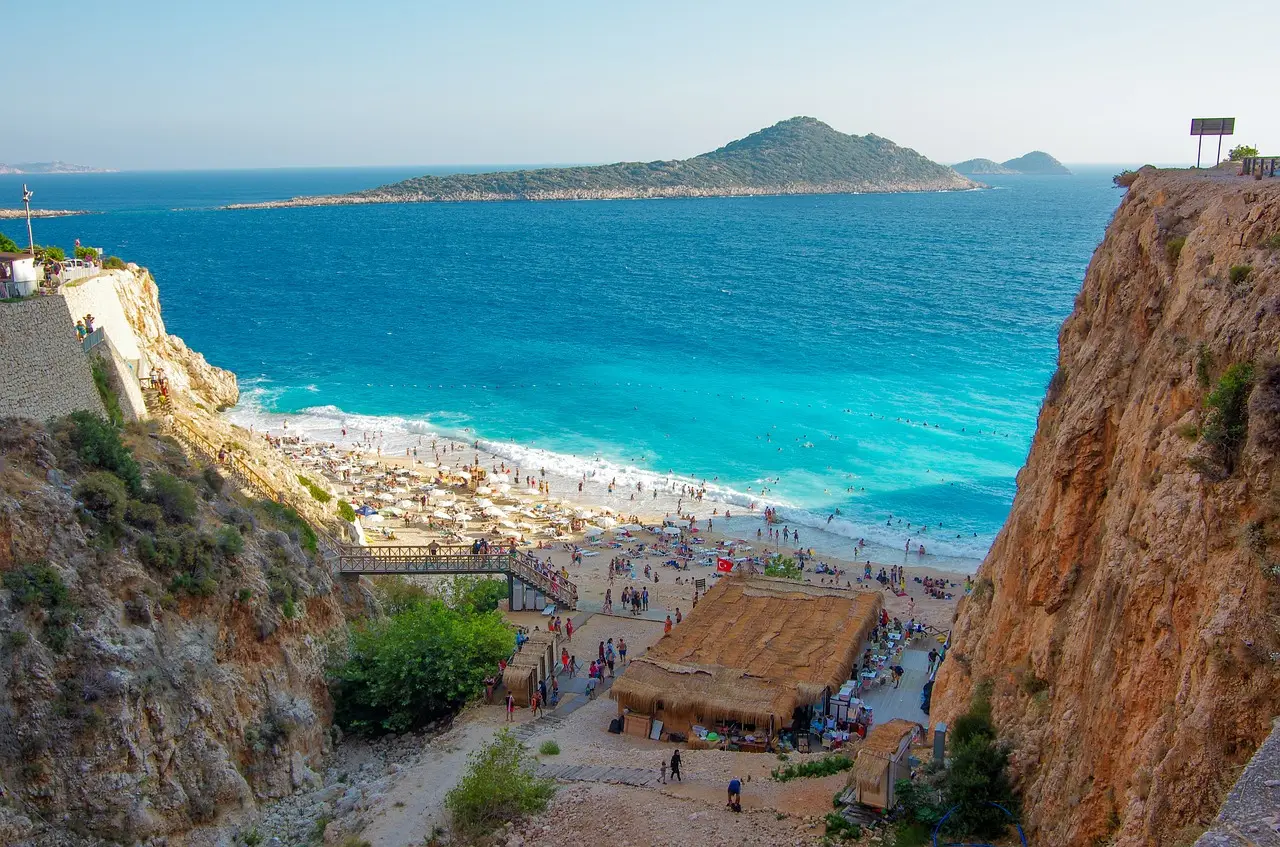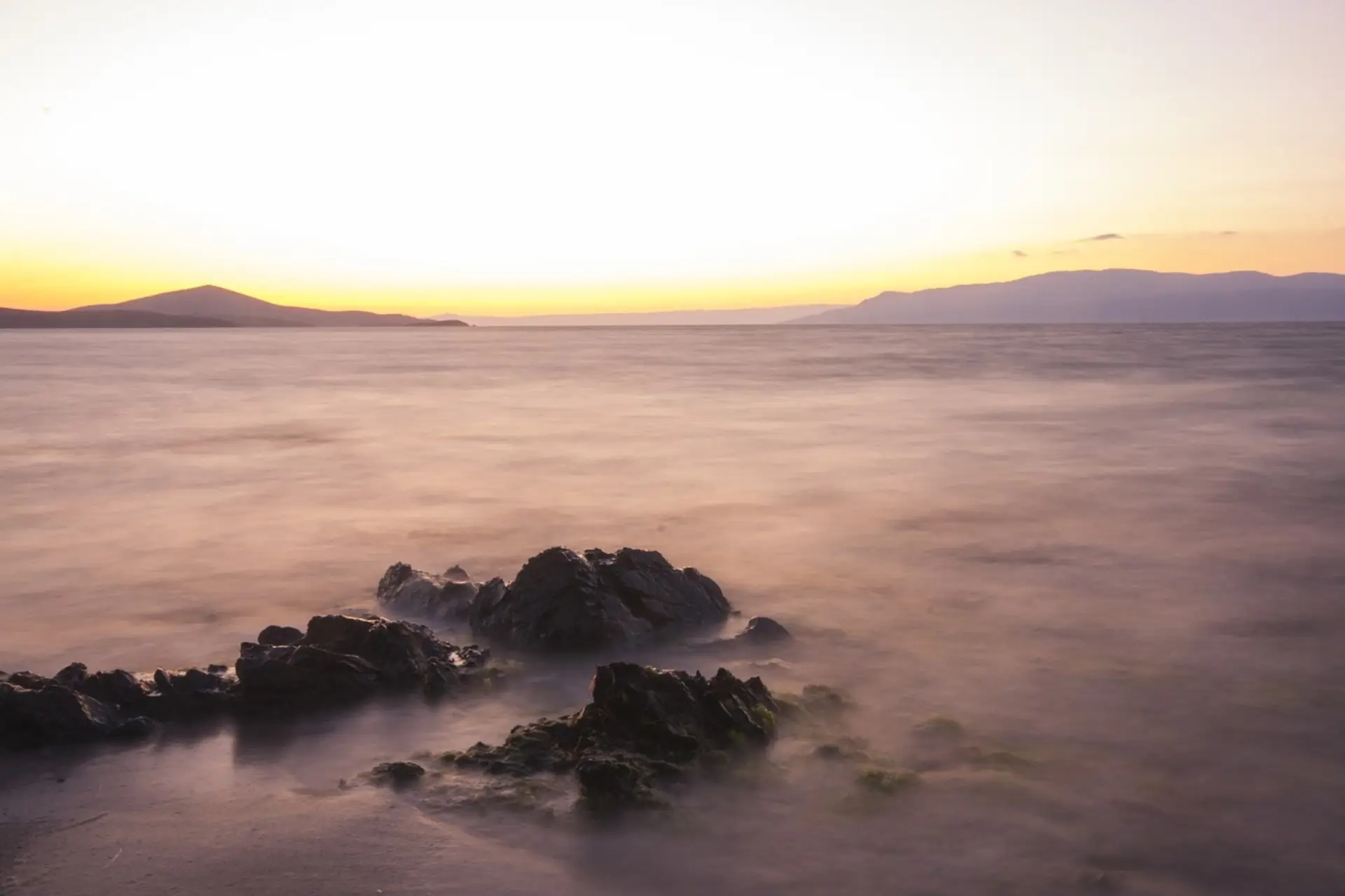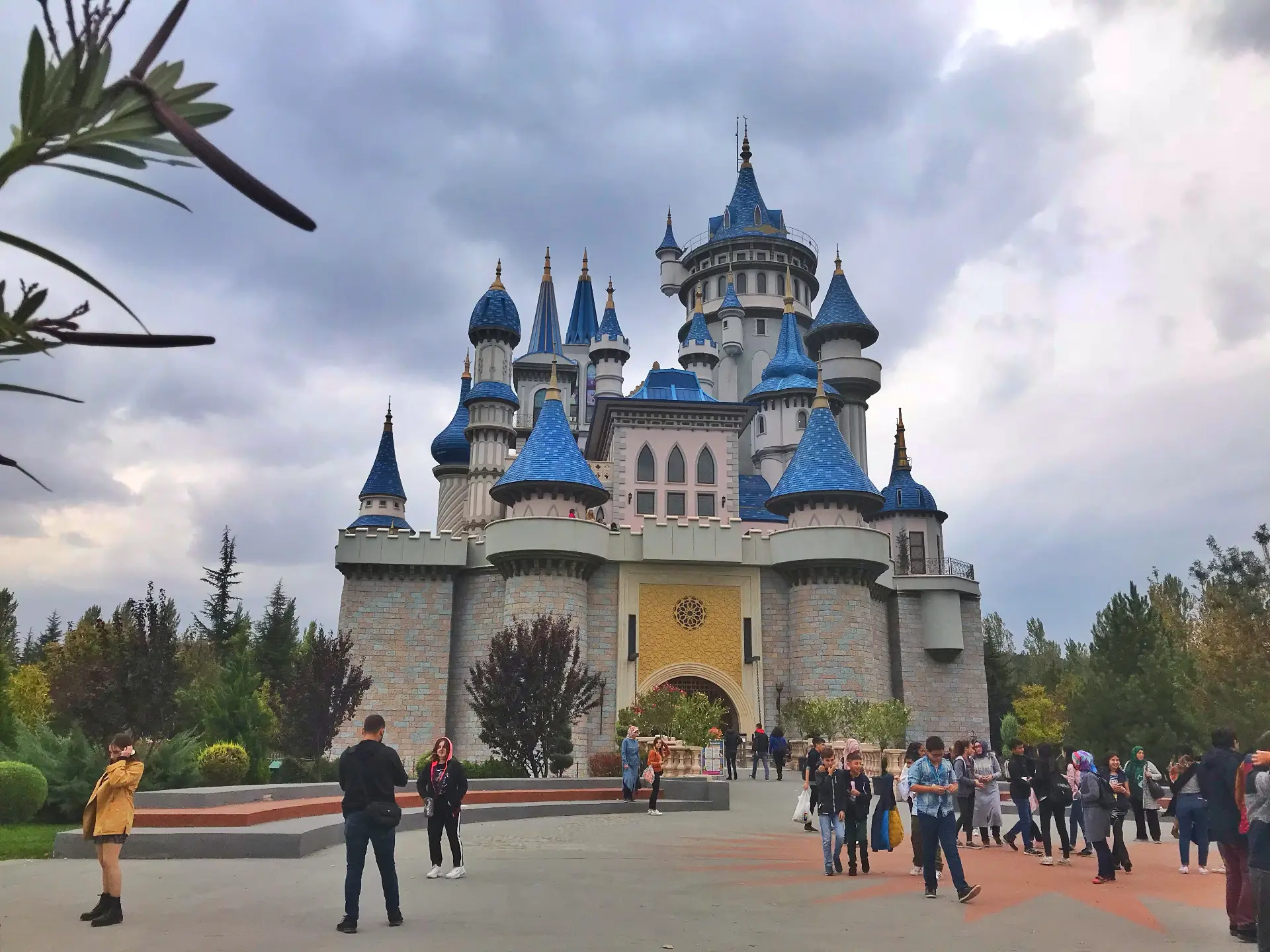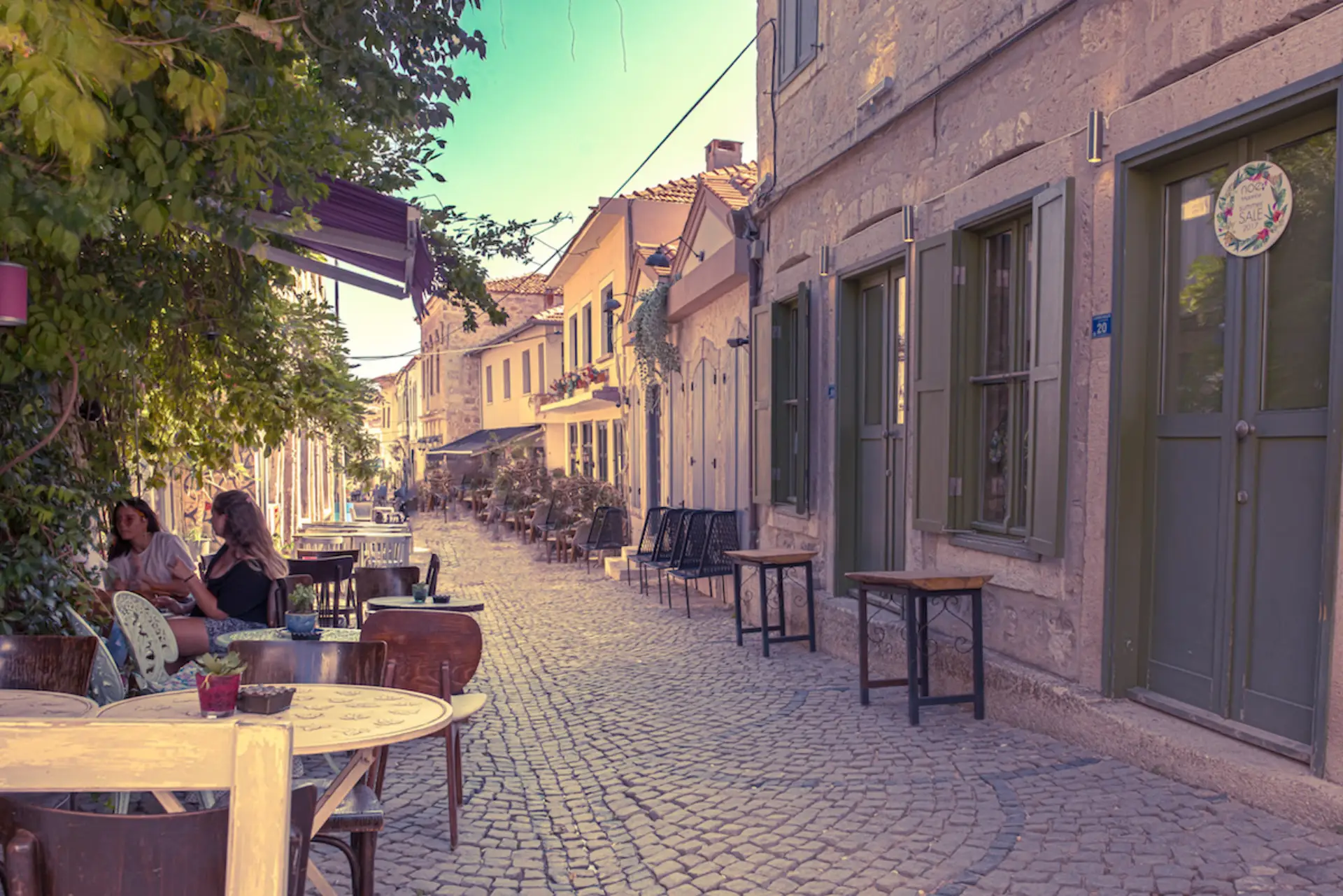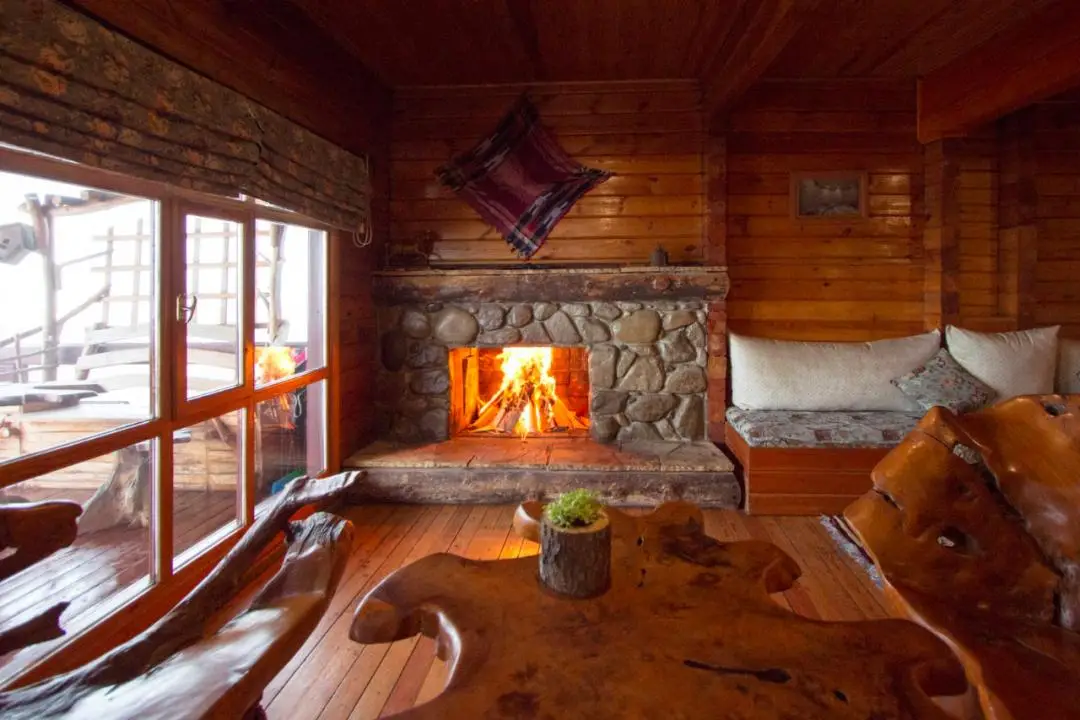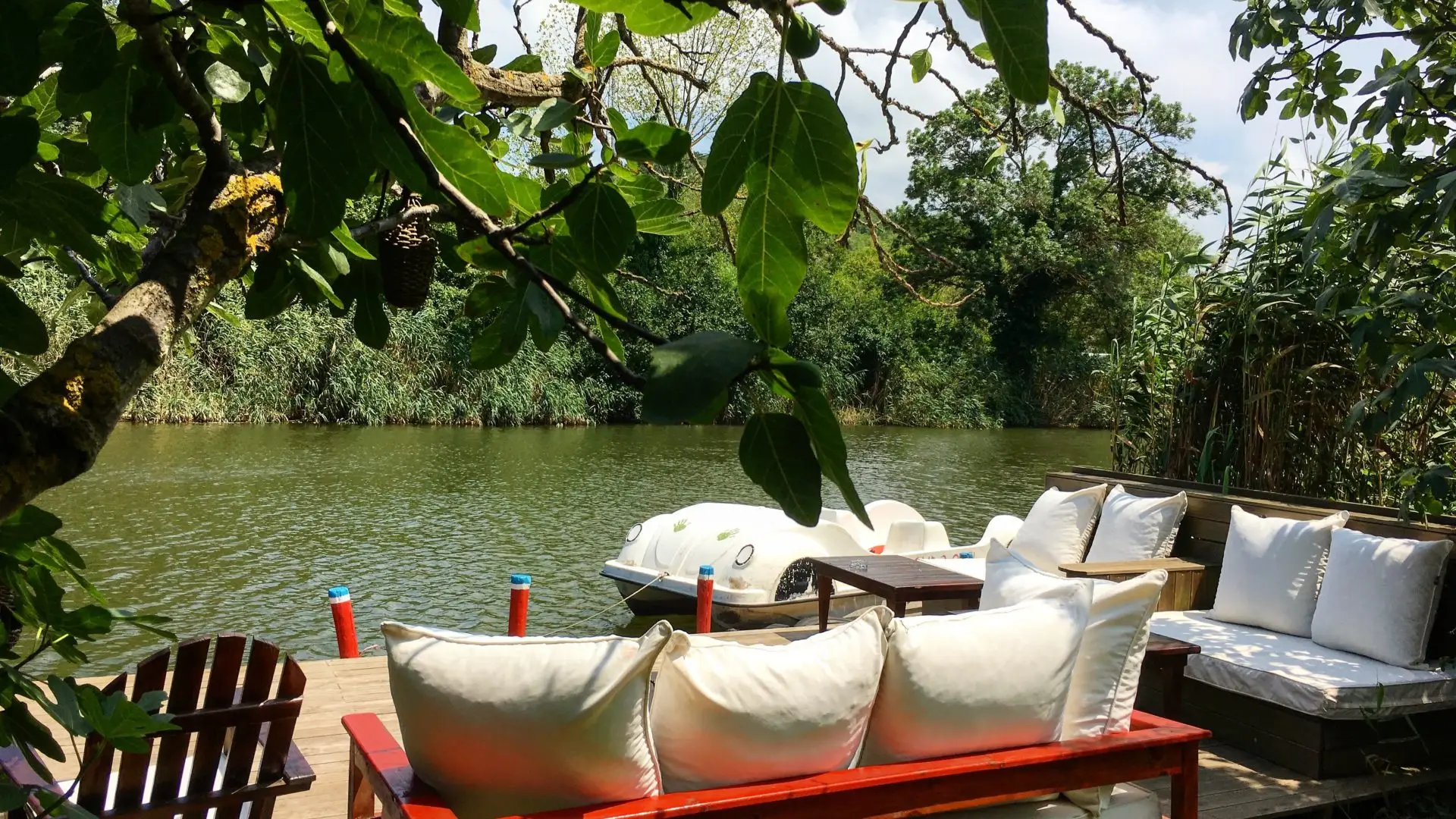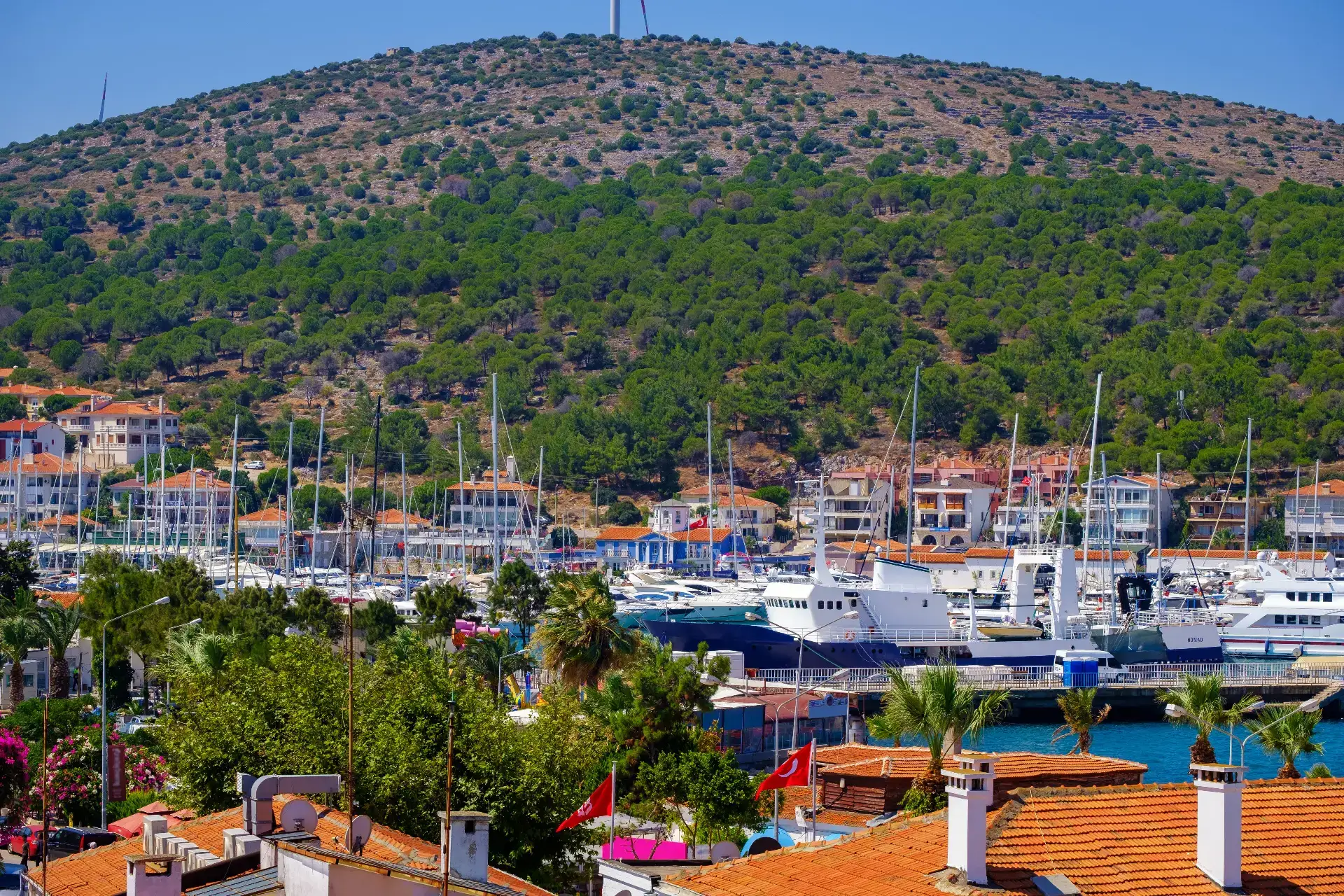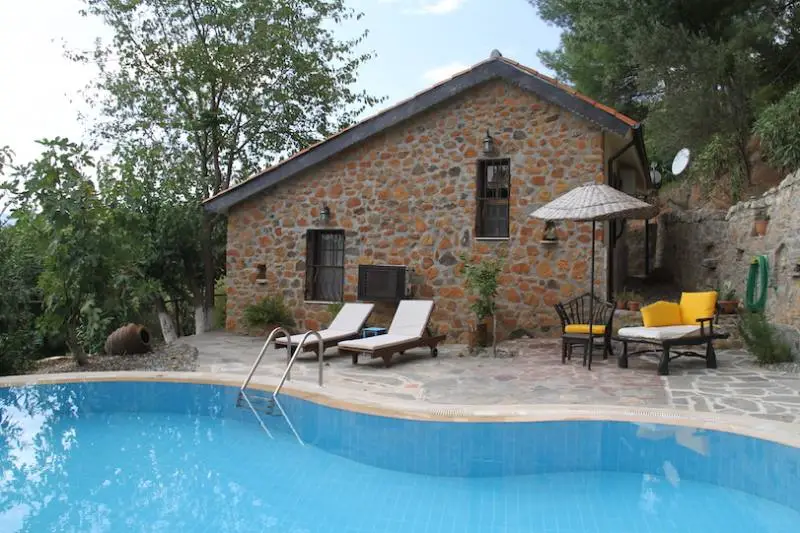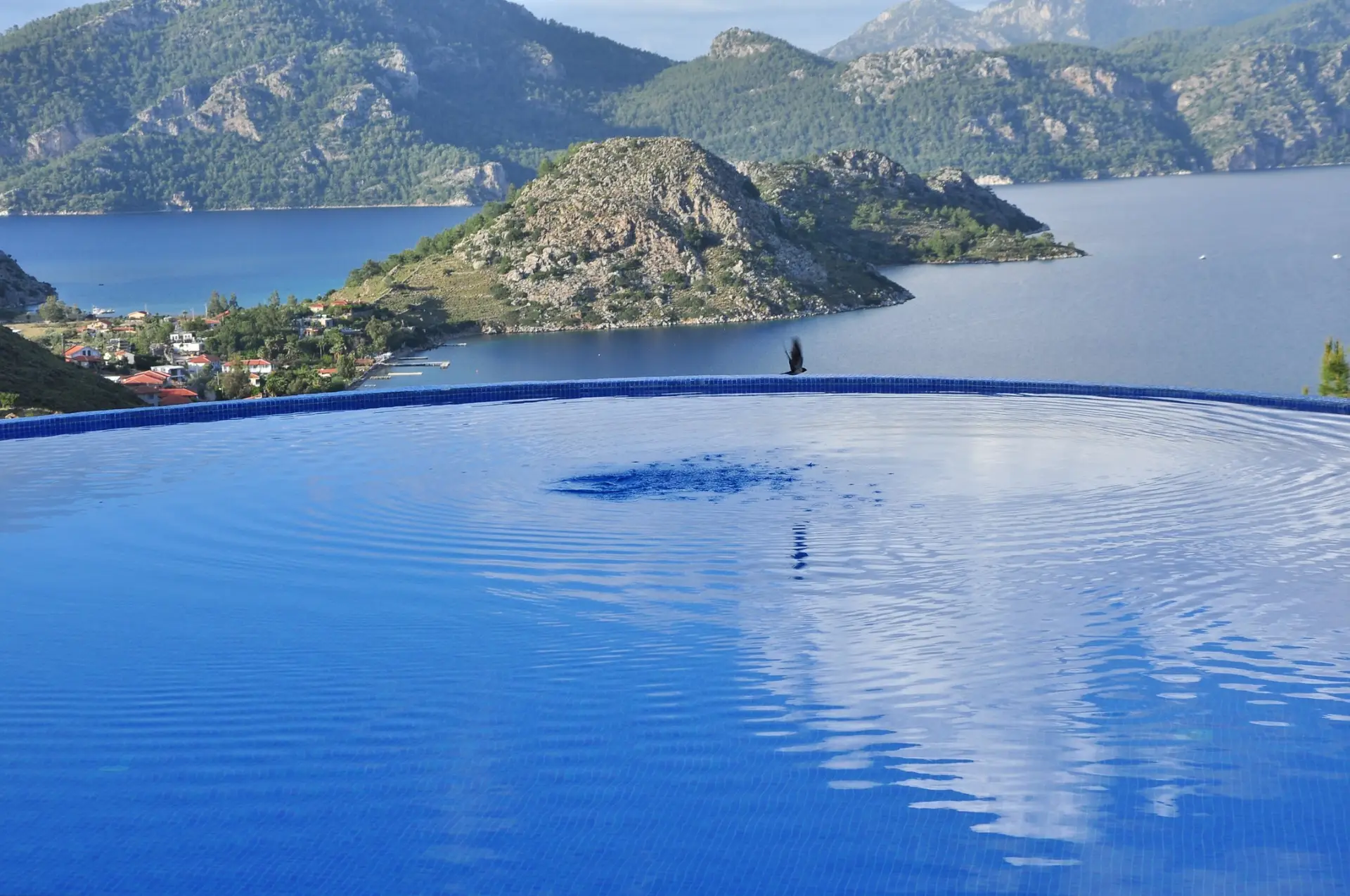The road to Afyon
It is recommended to visit the ruins of Phrygia, one of the deep-rooted cultures that came to life in Anatolia, and to those who want to take a journey in the footsteps of kings. The Phrygians, one of the most well-known civilizations of Anatolia, spread over a very wide area from the Inner Aegean to the texture of Ankara, starting from the first century BC. The magnificent cult sites that remain from the years they ruled are concentrated in the region between Eskişehir and Afyon, known as Mountainous Phrygia.
Although the houses, warehouses, cisterns, cisterns, castles and monumental worship areas carved into the rocks in a magnificent geography are not as well known as the Phrygian history, there is no one who does not know the legends of King Midas. When the god Dionysus rescued his teacher, the wise Silenos, from the hands of the peasants and hosted him in his palace, Midas gained the ability to turn everything he touched into gold. Because of this legend, Midas is known as a greedy king. However, contrary to popular belief, Midas hates wealth. This is why he chose to live with Pan in caves in the mountains, as described in the Latin bard Ovidius' "Metamorphosis". I guess there is a legend about the price he paid for this friendship. In the contest between the lyre-playing god Apollo and the flute-playing Pan, Midas, who favors his friend, is made to have donkey ears by the god Apollo, who thinks that he does not understand music.

THE TRACES OF THE PHRYGIANS: THE MIDAS MONUMENT
Among the remnants left by the Phrygians, the most impressive structure is the Midas Monument, located in the Yazılıkaya Valley near Eskişehir. Dating back to the 6th century BC, this unique monument, although called the Midas Monument, is actually a religious monument. Ceremonies in the name of the goddess were held in front of the monument, which was built for the Phrygian Mother Goddess Matar. The Phrygian Mother Goddess Matar is also known as Cybele. The town of Iscehisar, where the Phrygian Mother Goddess Matar lived in the mountains, has hosted many civilizations from the Hittites to the Phrygians. It is possible to see remnants of these civilizations in various parts of the town. The historical settlements carved into the rocks in the Kirkinler area are quite surprising. The relief of Cybele stands out on the first floor of the three-story rock mass, while interconnected rooms and chapel tombs are found on the second floor. On the third floor, water channels and votive wells can be seen. The Catalkayalar Location of Iscehisar is like a miniature version of Cappadocia. The extraordinary rock formations arranged side by side in the shape of a crescent surprise those who see them. They believed that nature was the protector of cities, agriculture, abundance, and young girls.
Although the Yazılıkaya Monument is the most popular site in the Phrygian Valley, there are many other equally impressive monuments spread across a vast geography. The Yapıldak Valley, Kümbet Valley, Bahşeyiş Çeşme Monument, Asmains ...
THE ROAD TO AFYON
İhsaniye near Afyon hosts the most well-known works of Phrygia. Named after the relief carvings of lions facing each other, the Aslankaya Temple is home to monuments and remnants of the Phrygians such as the Hidden Valley, Zahran Valley, Porsuk Valley, Iscehisar, İhsaniye, and many more. Kümbet Village is the most interesting place within the Phrygian Valley. The village, built on a hill where Phrygian ruins are found, also contains Seljuk works. The village owes its name to a tomb located on top of the hill.
Iscehisar Town near Afyon has hosted many civilizations from the Hittites to the Phrygians. The Phrygian Valley is one of the most special regions of our country with its history, nature, and untouchedness. However, there are almost no tourism companies operating in the region. Arnika Tourism, a company that organizes weekend tours to the region in the spring, stays in Afyon and tours the entire region.
Aslantaş and Yılantaş rock tombs are a few of the must-see works. Of course, what to see in the Phrygian Valley is not limited to the remnants of this civilization. The Seyit Battal Gazi Complex, built in 1207 by the Seljuks in honor of the important commanders of Turkish-Islamic history, is located in Seyitgazi District. The Seyit Battal Gazi Complex, built on top of a hill, resembles medieval castles when viewed from afar. These lands, where the source of the Sakarya River is located, are quite fertile when it comes to what nature offers. Çifteler near Eskişehir is called Sakarbaşı, a veritable paradise of water. Sprouting waters from all sides have formed small lakes and streams. You can also have the chance to eat trout in the restaurants here. Although it is not possible to describe the entire Phrygian Valley, which covers a very large geography, with a two-page article, we hope we have at least given an idea about the region. The rest depends on the time you allocate to this region and the strength of your exploration spirit. Recommendations from the guide... While exploring the Midas Monument and its surroundings, you can get help from volunteer guide Veysel, who lives in the Yazılıkaya Village. 05355124728 There are no major settlements in the Phrygian Valley between Afyon and Eskişehir, so transportation is only possible by private vehicle. Keep your vehicle's tank full. Before your Phrygian trip, be sure to research the area well. There are so many places to see that you need to use your time wisely. After entering the region from the direction of Eskişehir, spending the day exploring the valley and exiting from the Afyon side will save you time, or you can do the opposite.
Where to Stay in Afyon: Click the link for our Afyon Hotel Recommendation: https://www.boutiquesmallhotels.com/afyon-hotels


